About 50 km from the center of Hanoi capital, Duong Lam ancient village (Son Tay town, Hanoi) is a place rich in traditional cultural heritage. Rarely does any place have complete structures related to cultural, social and spiritual life from ancient times like the people here: village gate, communal house, pagoda, shop, ancient well, family church... Duong Lam commune has 9 different villages, of which Mong Phu, Dong Sang, Cam Thinh, Doai Giap, Cam Lam are places where many relics and ancient houses are concentrated. Among them, the most complete and beautiful is Mong Phu village.
Mong Phu village welcomes visitors with an ancient gate hidden under a large, spreading tree, next to a row of old elm trees. In front is a field and a lotus pond, creating a harmonious landscape, like a rural painting. Mong Phu village gate looks like a house, with tiles on top, but only the walls on both sides and the system of pillars in the front and back create solidity. Mong Phu village gate is not large, but has a rustic beauty, with bare laterite walls.
Passing through that village gate, it feels like entering a "different world ", with the characteristic brown color of laterite walls, the brown color of tiled roofs that have marked time.
Passing through the village gate, it feels like entering a “different world”, with the characteristic brown color of laterite walls, the brown color of tiled roofs that have marked time. Mong Phu communal house located in the center of the village is also very unique. The communal house has no surrounding walls, instead there are airy railings, convenient for community activities. According to the ancients, Mong Phu village is located on a dragon-shaped land. The dragon head is where Mong Phu communal house is located. The communal house was built in 1684 (during the reign of King Le Hy Tong). From this central area, red brick roads spread out to small hamlets.
Village gate. (Photo: Nina May)
In every corner, one can see ancient houses.
Most of the ancient houses are built with traditional materials of Duong Lam, which are laterite. The system of columns and rafters is usually made of jackfruit wood and xoan wood. Only a few families have the conditions to make it of ironwood. The roof is usually covered with Vietnamese tiles (ri tiles). The most common architecture is five rooms. The three main rooms are for worship and receiving guests. The two rooms on the sides are for personal activities. The ancient Vietnamese craftsmen with their talented hands did not forget to elaborately and meticulously carve many simple but soft patterns on many wooden parts of the house, creating charm for the house.
The oldest houses in Mong Phu have now become favorite tourist attractions, such as the houses of Mr. Nguyen Van Hung, Mr. Ha Huu The, Mr. Ha Nguyen Huyen... Among them, the oldest house is Mr. Nguyen Van Hung, built in 1649. The house has gone through nearly 400 years of rain and sunshine and is still preserved. Like many other ancient houses in Mong Phu in particular, Duong Lam in general, Mr. Hung's house has a small gate leading to the yard and garden area. Duong Lam is famous for making soy sauce, so in every house's yard there are jars of soy sauce that people make for use as well as for sale. The yards full of jars of soy sauce have now become favorite check-in spots for many tourists.
In Duong Lam, not only ancient houses, we can also easily see old features in life.
In Duong Lam, not only the old houses, we can also easily see the old features in life. Herds of cows leisurely go through the village gate to the fields to graze. Old people at the tea shop at the village entrance. Old ladies chewing betel. Old men with white hair, leaning on canes walking on the red brick road... Things that people usually only see in movies and documentary photos.
In addition to the communal house and ancient houses, Duong Lam has a large pagoda called Mia Pagoda. There are 287 worship statues, including 174 gilded terracotta statues, 107 wooden statues and six bronze statues. Mia Pagoda is known to people in and outside the area for its solemnity and antiquity. If Duong Lam commune, especially Mong Phu village, is a museum of ancient Vietnamese villages, Mia Pagoda is a museum of ancient Buddhist statues.
Duong Lam is known as “the hamlet of two kings”. This is the hometown of Bo Cai Dai Vuong Phung Hung and Ngo Quyen Vuong.
Born in the time when the country was invaded by foreign invaders, Phung Hung (8th century) soon formed the will to fight the invaders, to be independent and self-governing. He recruited heroic insurgents, raised an army, and rose up against the domination of the Tang Dynasty. The insurgents drove the Tang Dynasty's invaders out of Tong Binh citadel (present-day Hanoi). Phung Hung built independence and autonomy for the country for 7 years before passing away. In his hometown of Cam Lam village, people built a temple to commemorate him. The current temple has the architectural style of the 19th century, including the following items: Nghi Mon Gate, Ta Huu Mac, Dai Bai and Hau Cung. Phung Hung Temple Festival is held on the 8th day of the first lunar month (the death anniversary of Bo Cai Dai Vuong) with many people from all over the locality attending.
Just a short distance from Phung Hung Temple is Ngo Quyen Tomb (Ngo Vuong, 898-944). Ngo Quyen is known as the founder of the nation's restoration, as the first person to establish the country's independence after a thousand years of Chinese domination. After defeating the Southern Han army on the Bach Dang River, Ngo Quyen proclaimed himself king and established the capital in Co Loa with the desire to inherit the ancient Au Lac state. Ngo Quyen Tomb was built in the early 20th century, following the architecture of a four-roofed stele house. The temple was built about 100m from the tomb. In front of the tomb is a large field located between two hillsides, next to which is Ho Gam Hill, which is said to be the place where Ngo Quyen often herded buffaloes, cut grass and practiced martial arts with his friends as a child. In particular, there is also a row of 18 ancient duoi trees, which is said to be the place where Ngo Quyen had his soldiers tie war elephants.
Duong Lam is worthy of the title of "a sacred land that gives birth to great men". This is also the hometown of the third-ranked diplomat Giang Van Minh (1573-1638), a famous diplomat of our country. When he was an envoy to the Ming Dynasty, the Ming King gave the antithetical couplet "Dong tru chi kim dai di luc" (The bronze pillar is still covered with green moss) recalling the event of Ma Vien oppressing our people during the time of the Trung Sisters, showing the arrogance of the "celestial dynasty". Giang Van Minh responded with the sentence: "Dang Giang tu co huyet do hong" (The Bach Dang River has been red with blood since ancient times). Humiliated, the Ming King killed him. Respecting a person of integrity, the Ming Dynasty embalmed Giang Van Minh's body with mercury and sent the embassy to bring his body back to the country. The imprints related to Giang Van Minh are all preserved by the people, including the tomb, the inn where the burial ceremony was held, and the temple worshiping the third-ranked diplomat Giang Van Minh.
The place where the funeral of the Third Prize winner Giang Van Minh was held was a temple, called Giang temple by the locals. This is one of many temples still preserved in Duong Lam. Besides this temple, there are many others. Mong Phu village alone has three temples: Ro temple, Dong Nang temple and Lo Bieu temple. According to the custom here, if a villager dies far away, he is not brought into the village. To solve that problem, the villagers built a temple. The most beautiful temple today is Lo Bieu temple.
Lo Bieu Temple was built of laterite bricks, like a miniature communal house, with four roofs and curved gables. To serve public purposes, the four roofs were built on laterite pillars, the temple was left open, without walls. The walls were only reinforced at the corners. Lo Bieu Temple is beautiful, so many people visit, even though it was originally a space for the deceased.
Lo Bieu Restaurant. (Photo: Nina May)
Village well. (Photo: Nina May)
Another special thing is that there are few villages in the North that still have as many ancient wells as Duong Lam. The wells in Duong Lam do not have to be surrounded by walls like wells in other areas because the underground rock is very hard. The well mouths are made of laterite or red bricks. Over time, the wells are all ancient.
Among the ancient wells, two wells are said to be the eyes of the dragon, named “Phu hamlet well” and “Mieu hamlet well”. Phu hamlet well is considered the right eye, where people often come to pray and give thanks on the 5th day of Tet every year. Mieu hamlet well is hidden in an alley and is considered the left eye of the dragon.
Duong Lam people also have sayings such as: "Giang well water, Dong Buong sweet potato", "He well water, Cam Lam tea" to indicate Giang well and He well have famous delicious water sources. In particular, in Duong Lam there is also a "sacred well", which is rumored to be able to help women who are breastfeeding but have lost or no milk, that is Chuong Sa well, popularly known as "milk well".
Identifying the preservation and promotion of the heritage value of Duong Lam ancient village as an important task, in 2013, the city approved the Plan for Preservation, Restoration and Promotion of the Value of Duong Lam Ancient Village. Then, in 2014, Hanoi issued the Project "Investment in restoration, preservation and promotion of the value of ancient village relics in Duong Lam commune".
From this Planning and Project, Son Tay town has implemented specific solutions: Investing in and renovating important relics; investing in and renovating valuable ancient houses; preserving and maintaining public spaces of the ancient village... In particular, Son Tay town has issued designs for 20 house models. In parallel with preserving ancient houses and valuable houses, the authorities have encouraged households to build new houses that comply with the height and apply the proposed designs. In September 2019, the Hanoi People's Committee issued Decision No. 4851/QD-UBND "On recognizing the ancient village tourist site in Duong Lam", creating momentum for tourism development in the ancient village.
Small alleys with laterite brick walls on both sides are typical of Duong Lam ancient village. (Photo: Nina May)
In addition to conservation measures, Son Tay town also implements economic restructuring activities and creates livelihoods for people, most notably the Project on Developing Agricultural Economy Associated with Trade and Services in the Ancient Village in Duong Lam, encouraging economic sectors and enterprises to invest in developing types of services and tourism to effectively exploit the values of the Ancient Village relic in Duong Lam. This project is concretized by projects such as: Preserving and restoring Mia chicken breed, Cam Lam tea, sweet potatoes; developing the profession of making soy sauce and soy sauce products, traditional confectionery products such as peanut candy, sausage candy...; building points to introduce and sell OCOP products.
Duong Lam residents are also trained in tourism. Thanks to that, hundreds of households in Duong Lam directly or indirectly participate in tourism activities. Secretary of the Duong Lam Commune Party Committee Nguyen Dang Thao said: "Currently, Son Tay town is building the Project "Investing in embellishing, preserving and promoting the value of the ancient village relic in Duong Lam, Son Tay town, period 2024 - 2030, orientation to 2035", continuing the project period 2014 - 2020. One of the other important goals is to prepare a dossier to propose ranking the ancient village in Duong Lam as a special national relic, aiming to be recognized by UNESCO as a World Cultural Heritage. Duong Lam strives to attract 150,000 - 200,000 tourists each year by 2030".
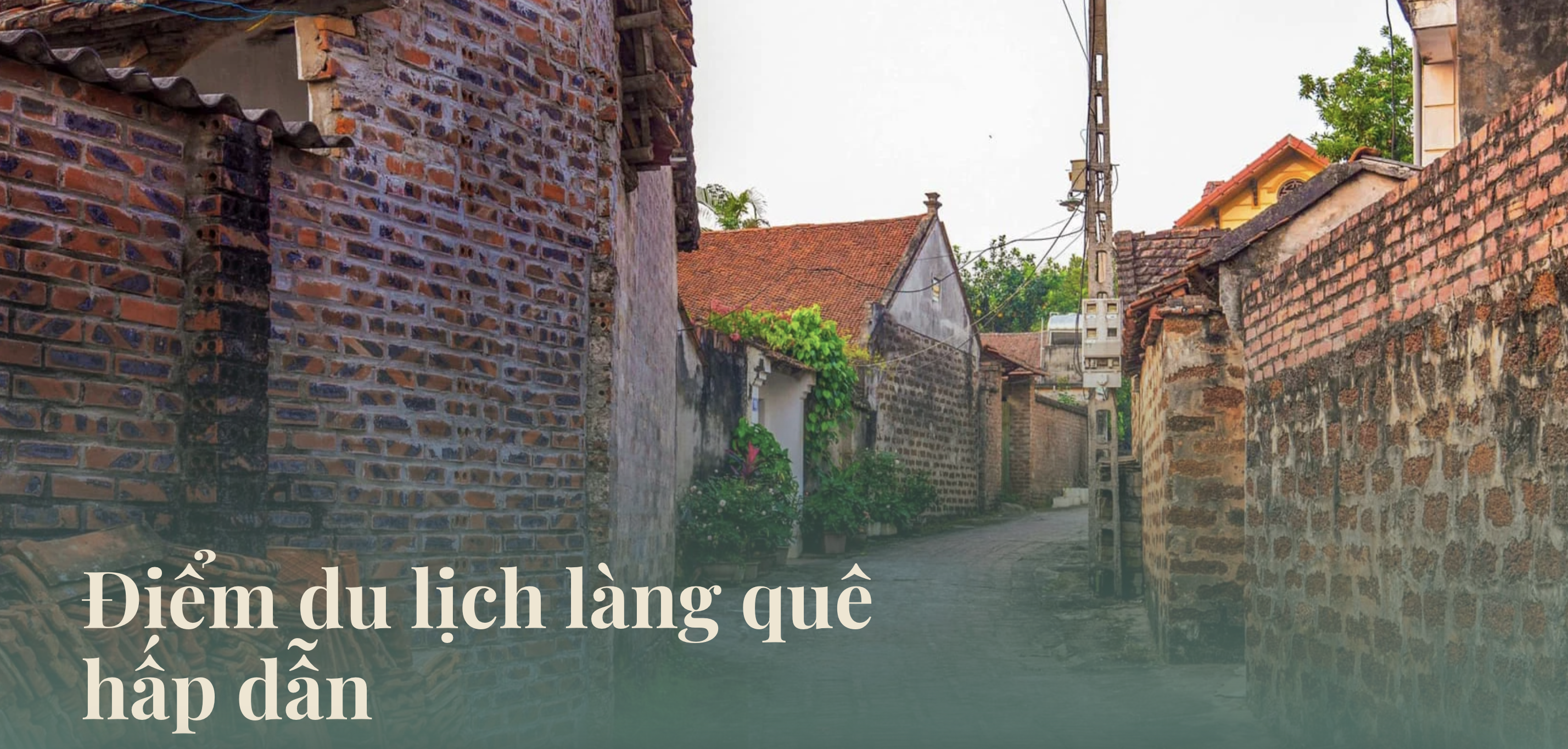
However, it would be remiss not to mention Duong Lam cuisine. Currently, the village has a number of restaurants serving culinary needs; many old house owners also organize culinary services for country guests.
Duong Lam is a land with many rural specialties. For example, Mia chicken is one of the famous chicken breeds for its delicious meat. But the most elaborate of the culinary dishes in Duong Lam is the roasted pork. Pork belly is marinated with basil, pepper, dried onions, fish sauce, salt... The ingredient that makes Duong Lam roasted pork attractive is guava leaves. Young guava leaves are chopped and marinated with the meat for about an hour, while the young leaves are placed on the meat before roasting. After being marinated, the meat is rolled up in a bamboo pole lined with banana leaves. The roasting process is also very elaborate, the meat is cooked with charcoal steam and it usually takes up to 6 hours to finish roasting one "pole". The feast to welcome tourists in Duong Lam often cannot lack Mia chicken, roasted pork, young rice cakes, vegetables with sticky rice sauce... Gifts include Che Lam, candy powder, candy...
Peaceful life in ancient houses.
The most elaborate of the culinary dishes in Duong Lam is crispy roast pork.
Many photographers come to visit the ancient village to capture peaceful, old moments.
Image of an old man diligently preparing sticky rice sauce in front of his house.
Sifting corn in the sun.
Nowadays, tourists coming to Duong Lam can participate in many experiences: Visiting heritage sites, cycling to explore the countryside, enjoying cuisine, resting in ancient houses...
Recently, the local government coordinated with the Management Board of Duong Lam ancient village to organize the program "Ancient village night" every Saturday at the gate of Mong Phu village. There are stalls selling products made by the villagers themselves. These are souvenirs to serve the shopping needs of tourists; typical cuisine of the ancient village.
Tourists coming to Duong Lam will be able to participate in many experiences.
“Ancient Village Night” is a place to perform traditional folk art forms such as: Dragon dance, drum dance, Chau Van singing, flute playing, Quan Ho singing... performed by members of the village clubs; folk games. In addition, at creative spaces in the village such as Doai Creative, Village Craft, visitors can learn about lacquer making, experience workshops, creative activities...
Nhandan.vn
Source: https://special.nhandan.vn/hon-que-viet-o-dat-hai-Vua/index.html


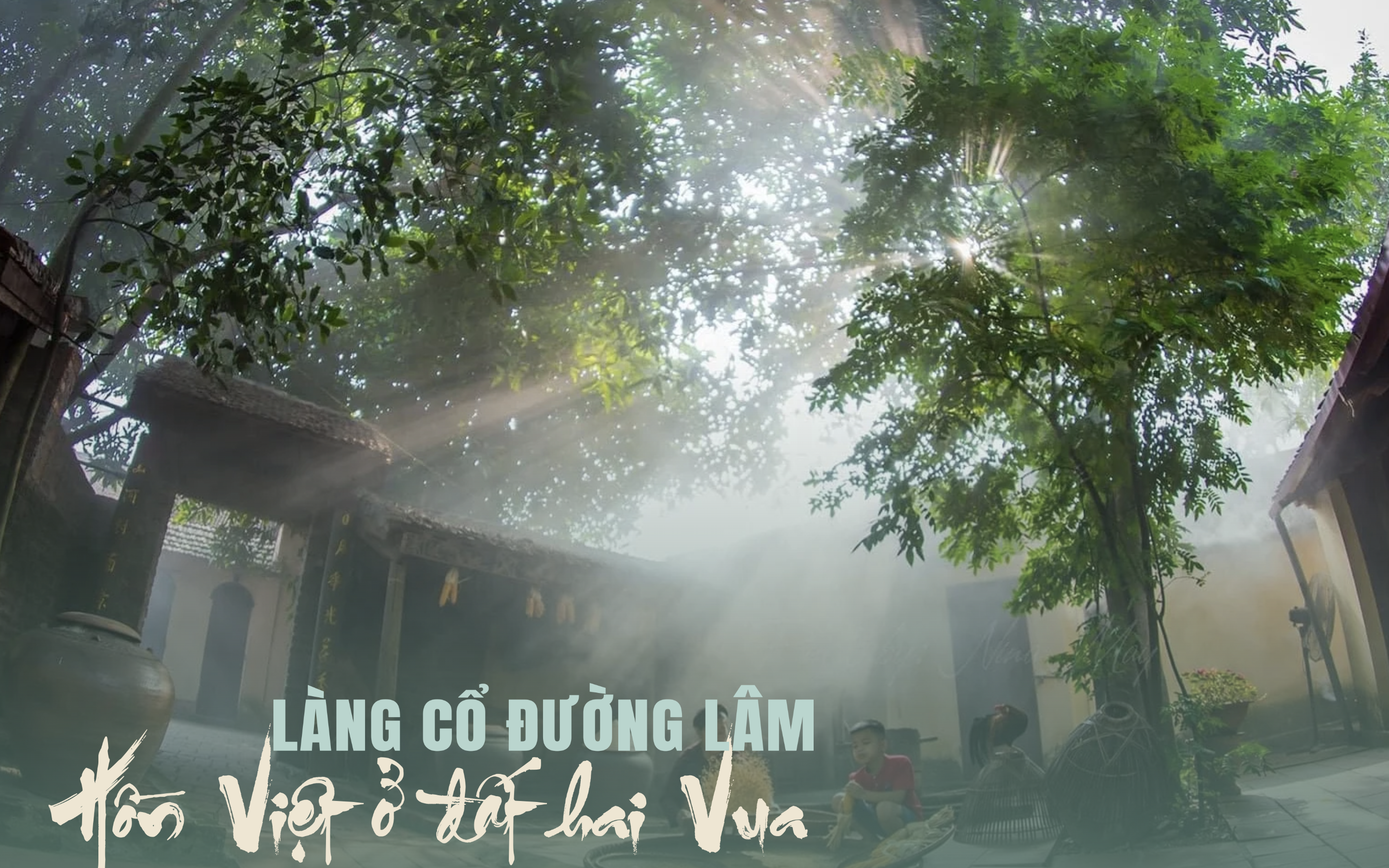
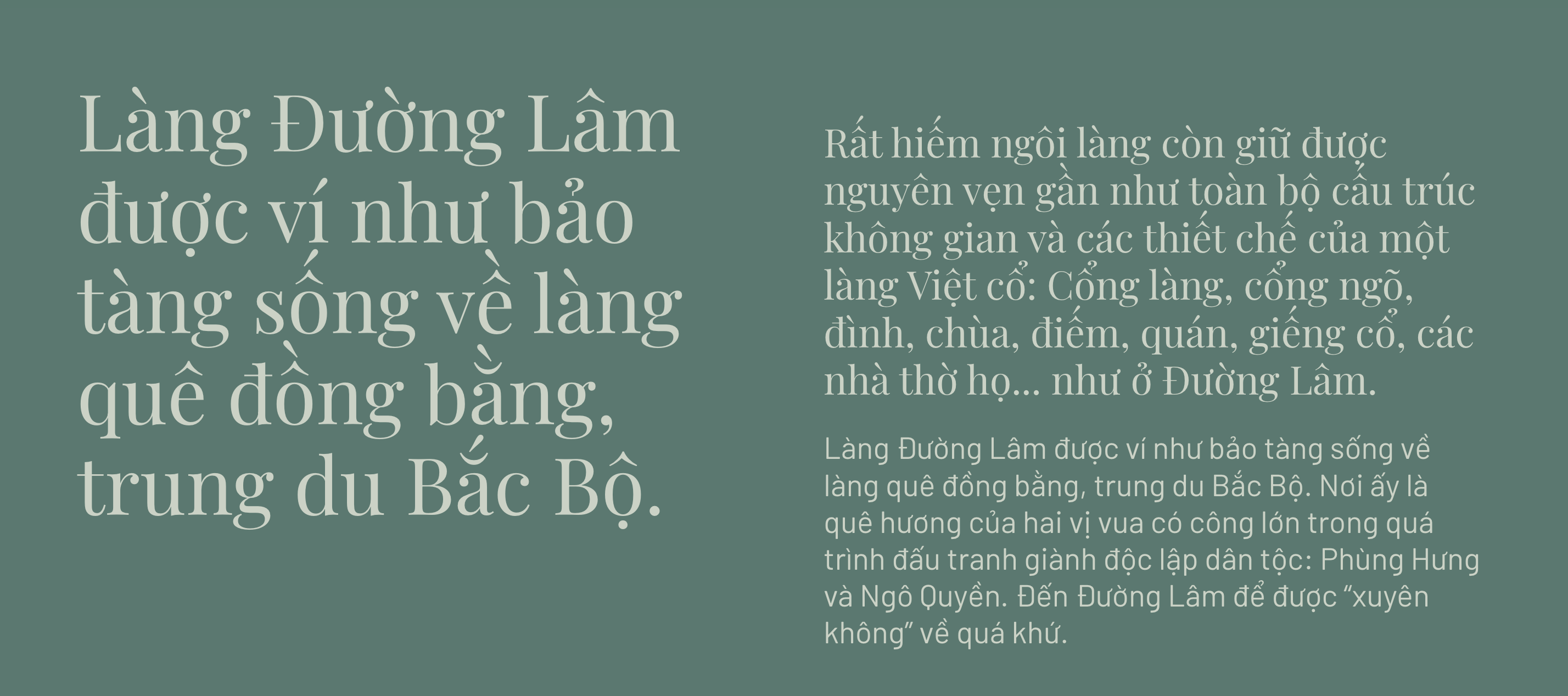
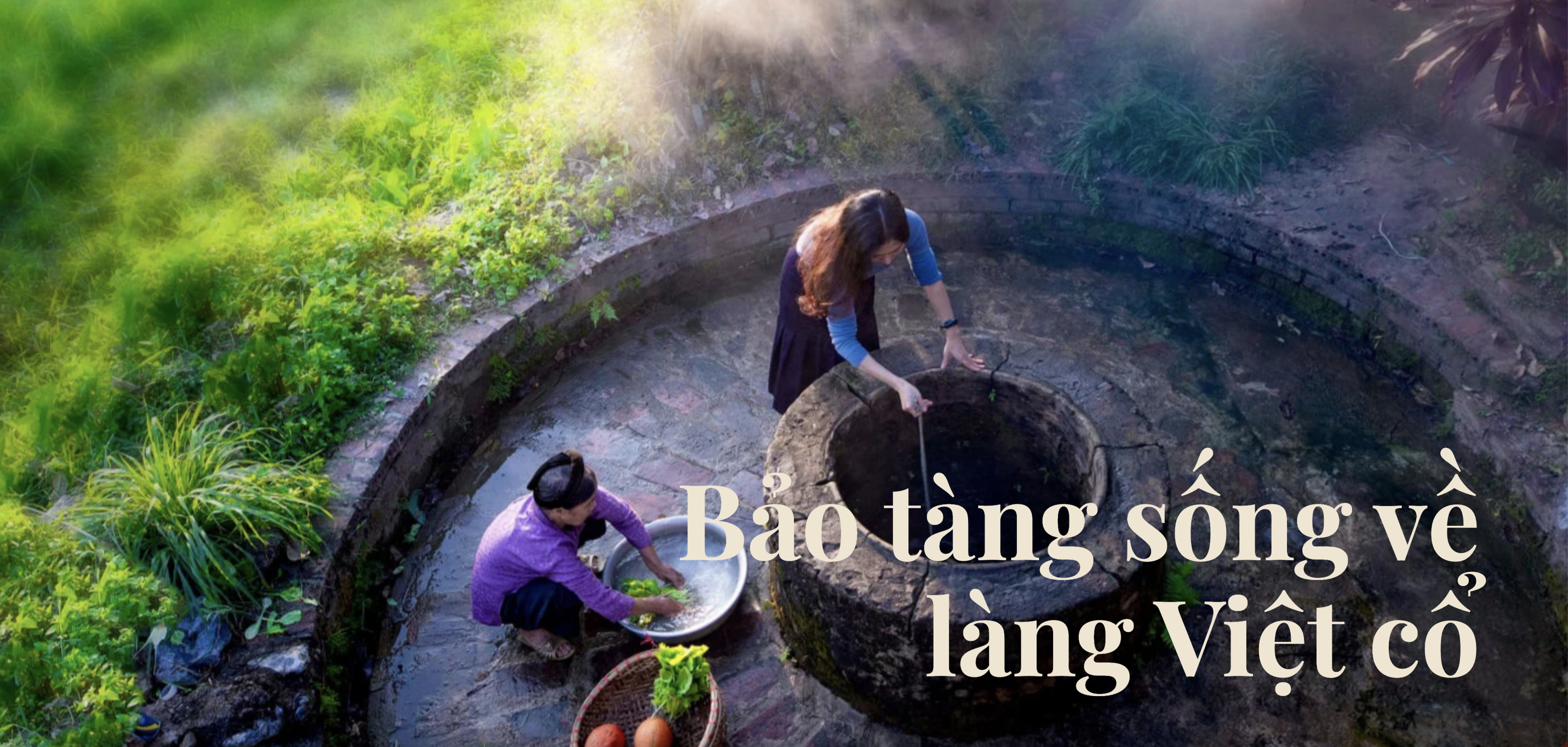
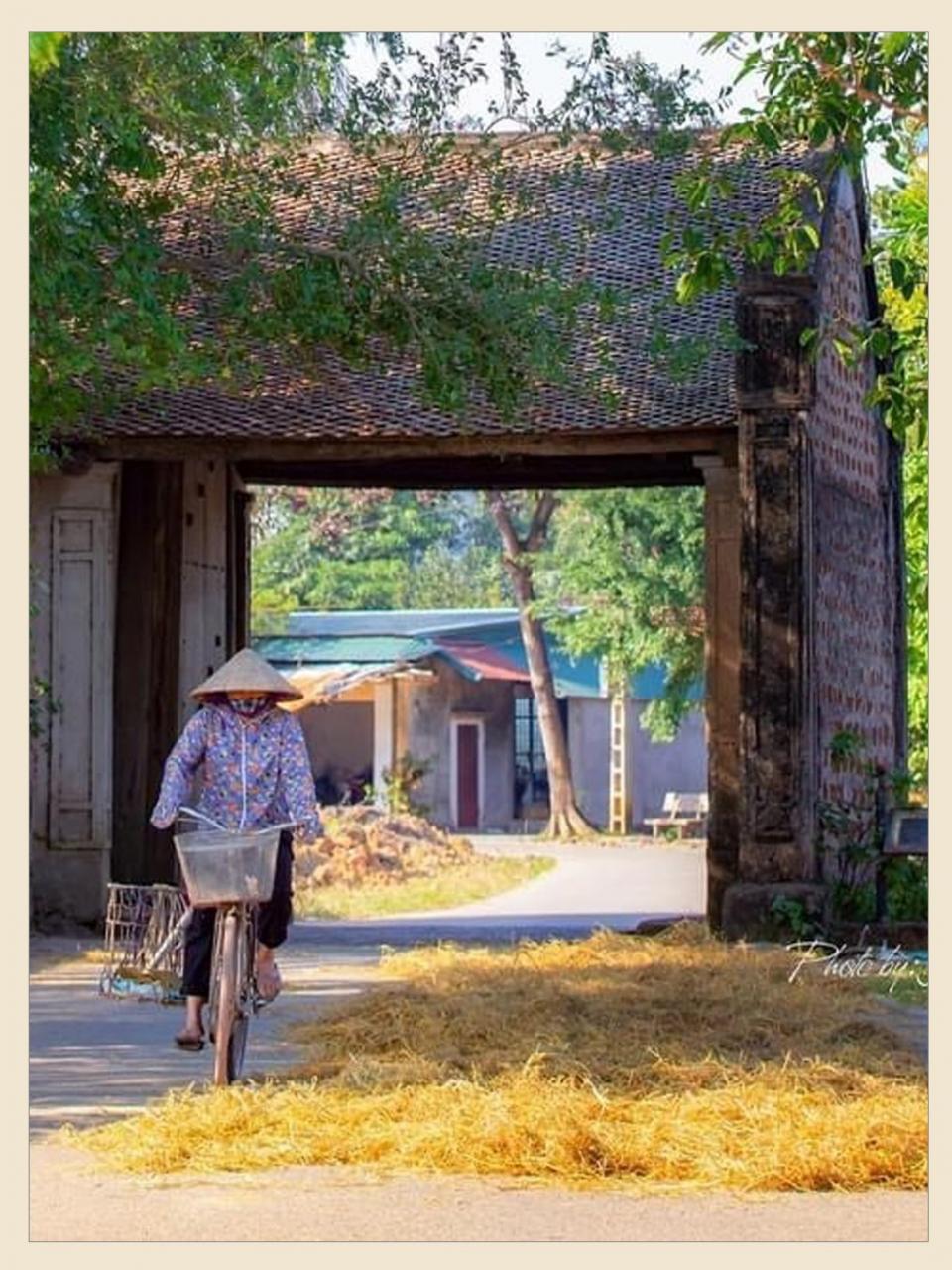
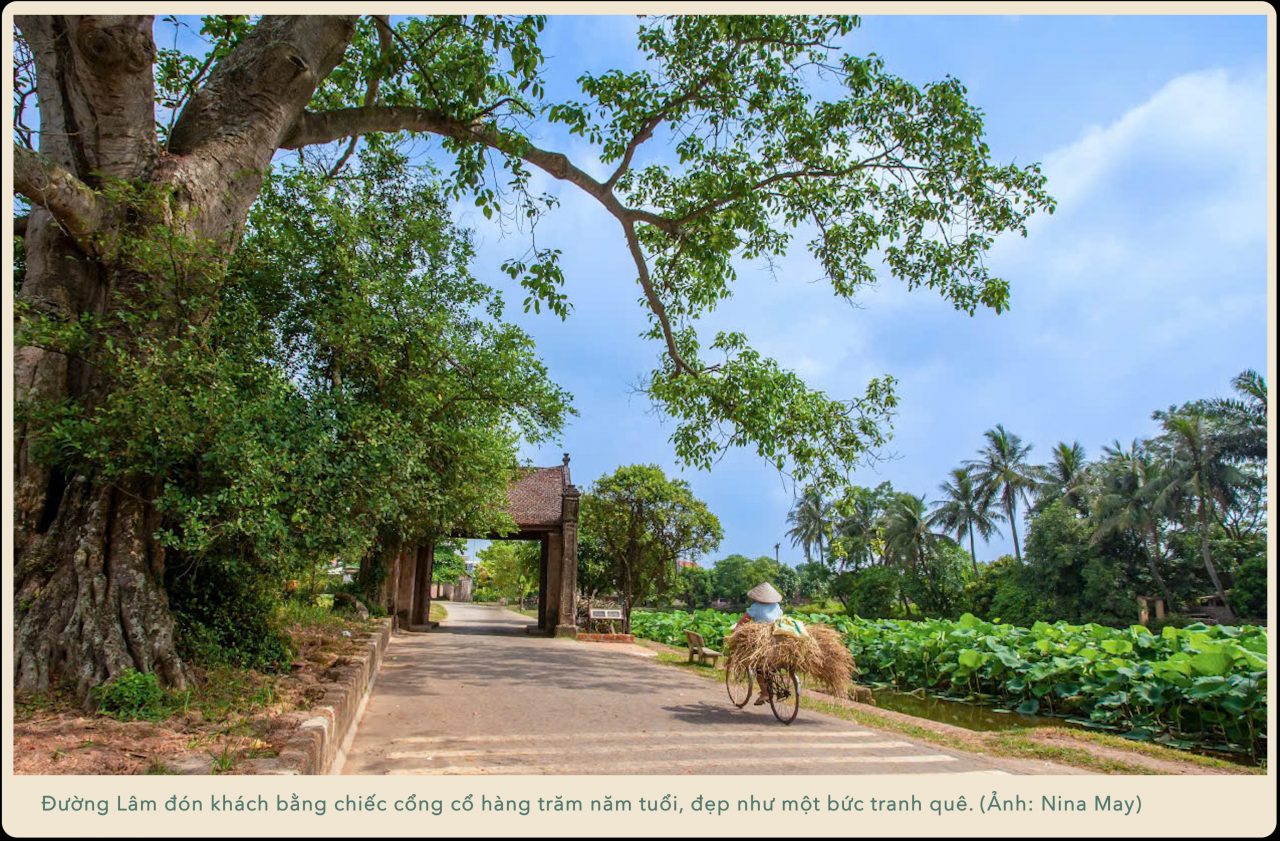
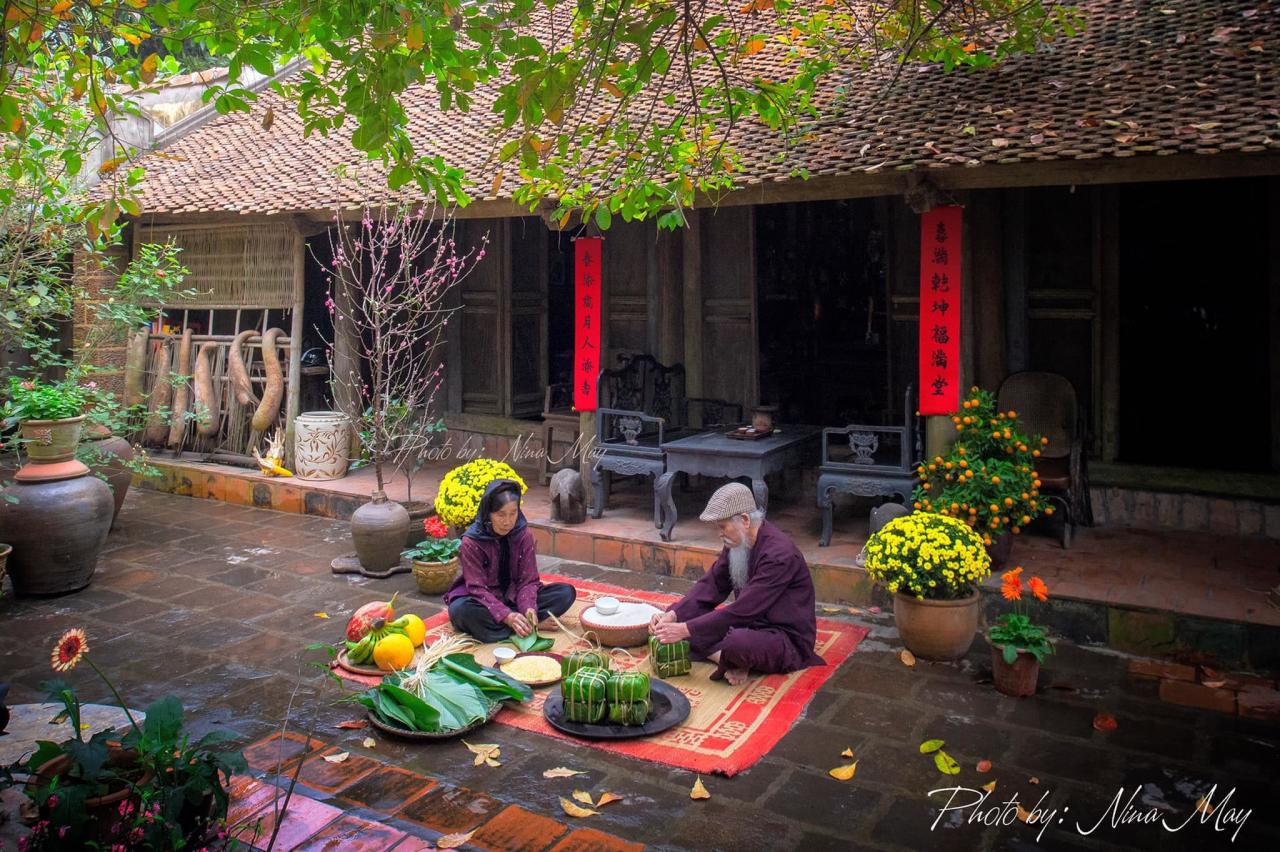
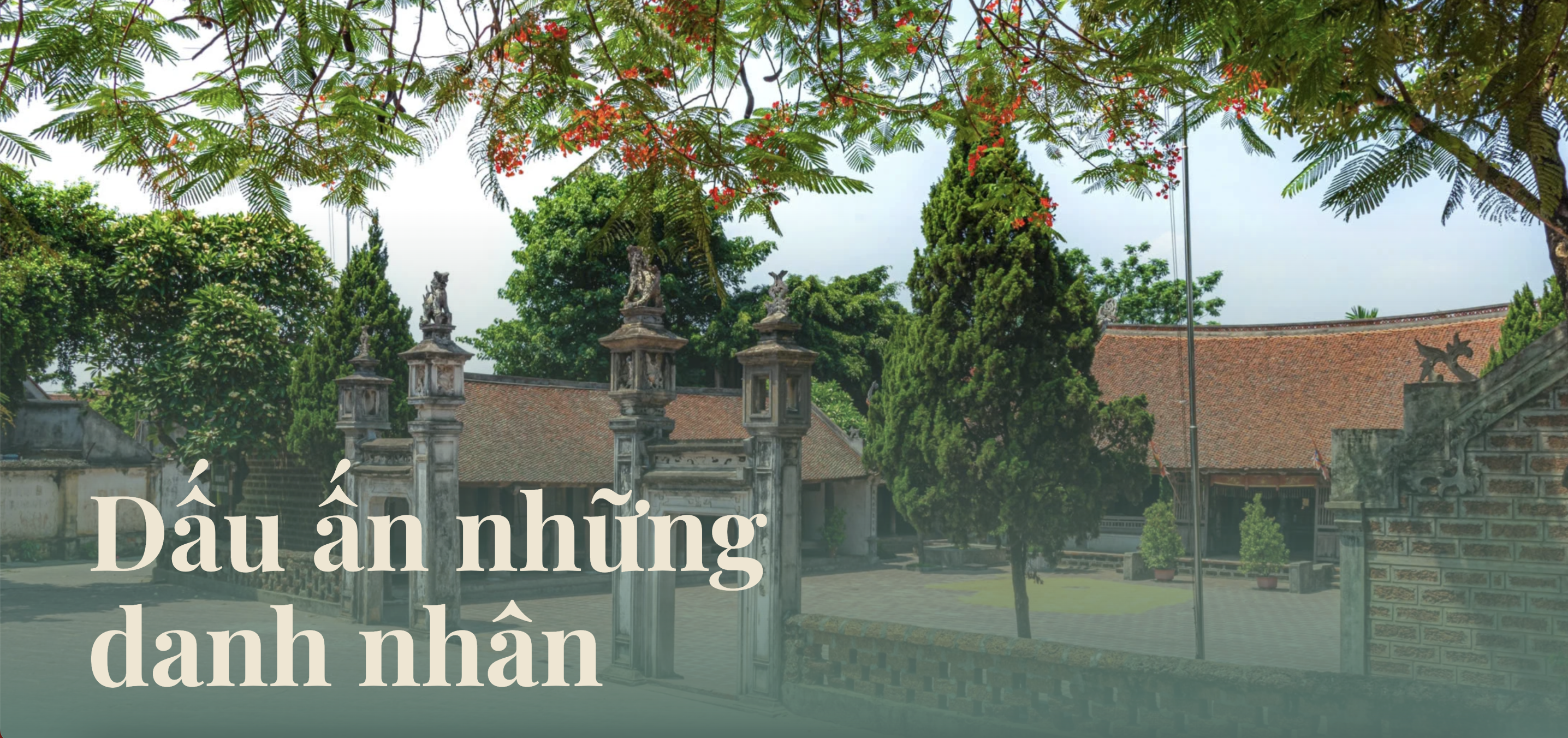
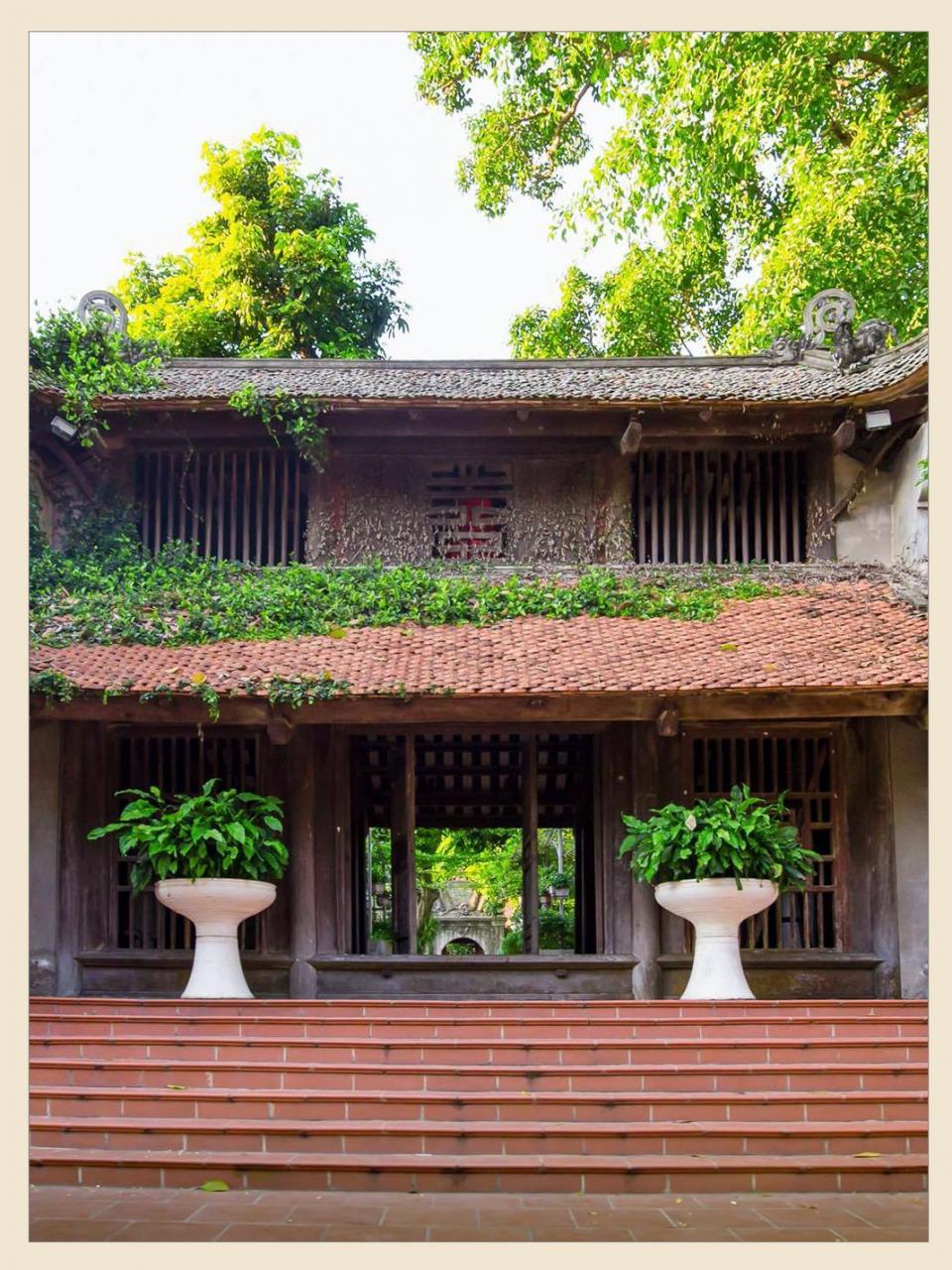
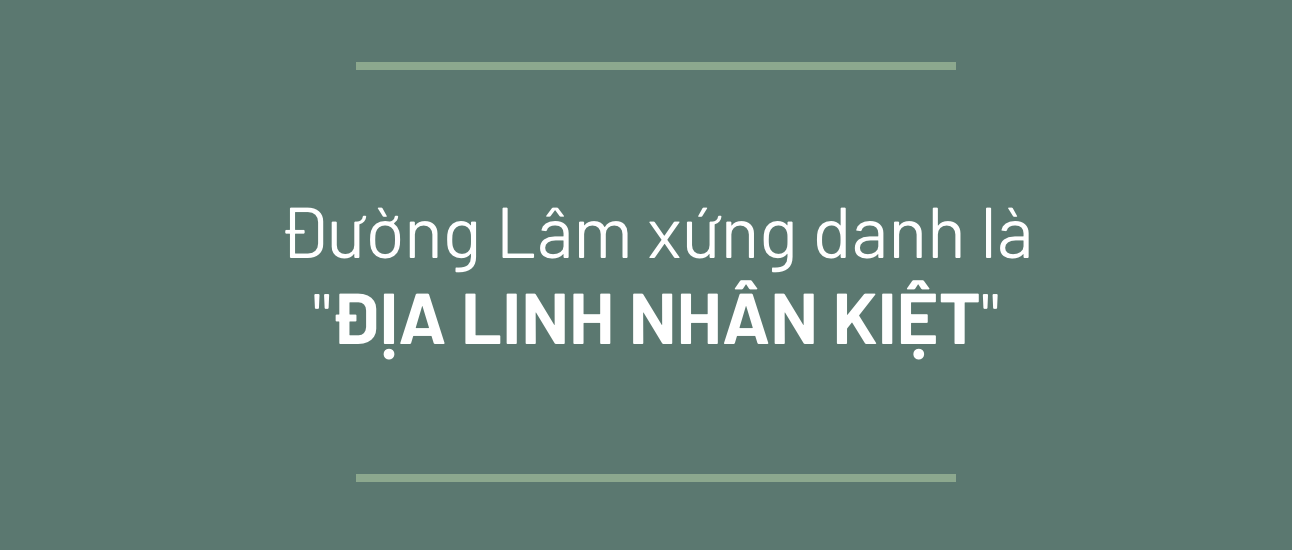
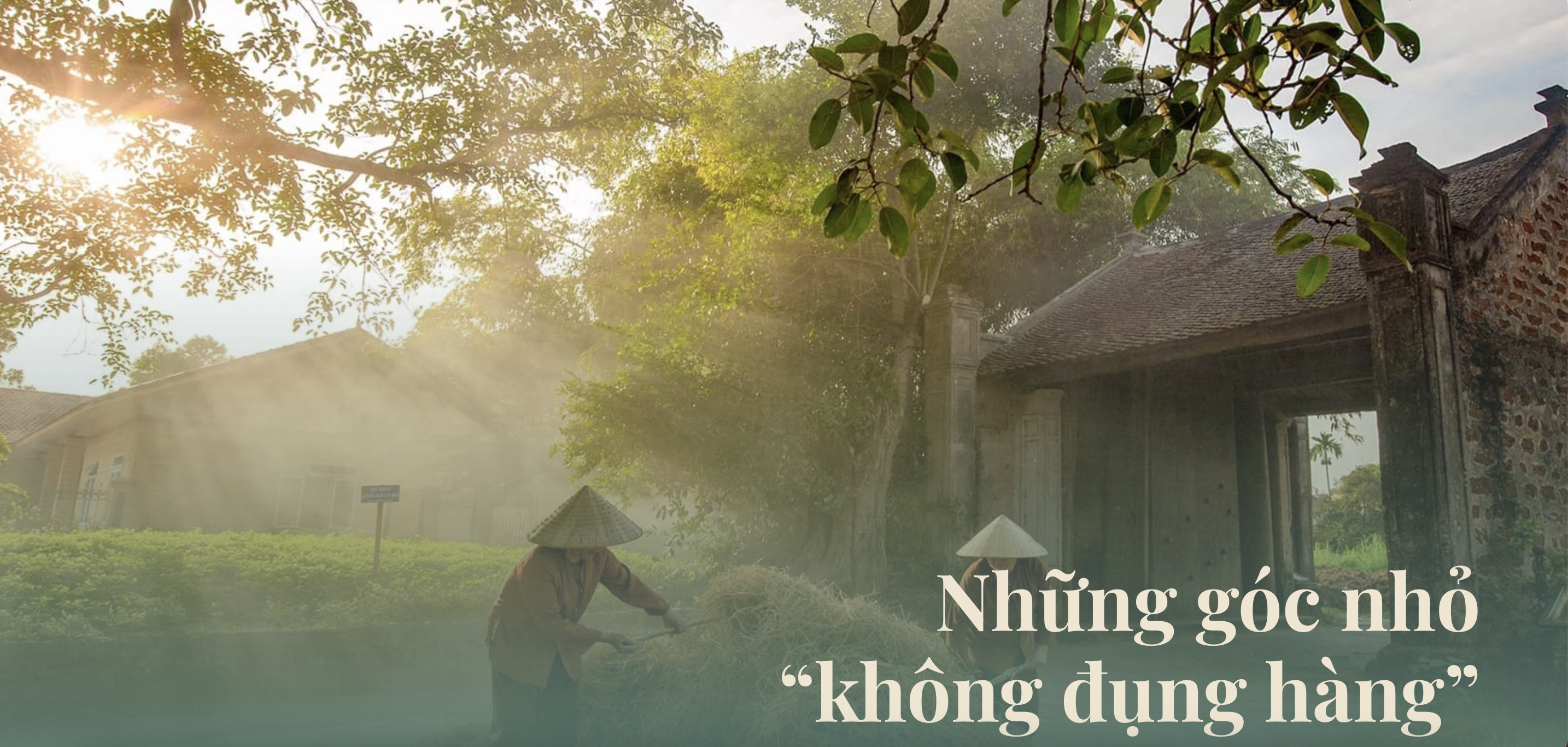
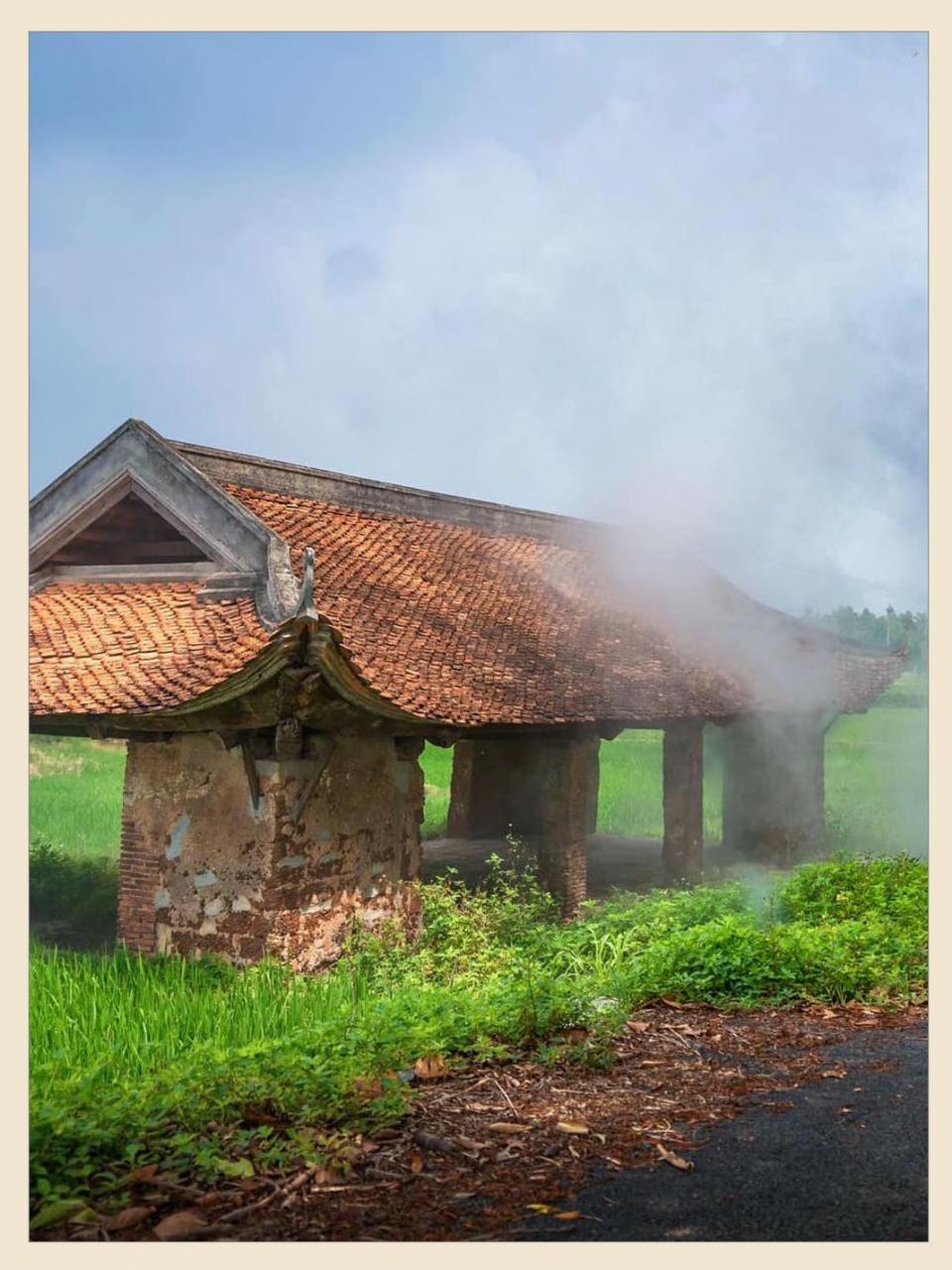
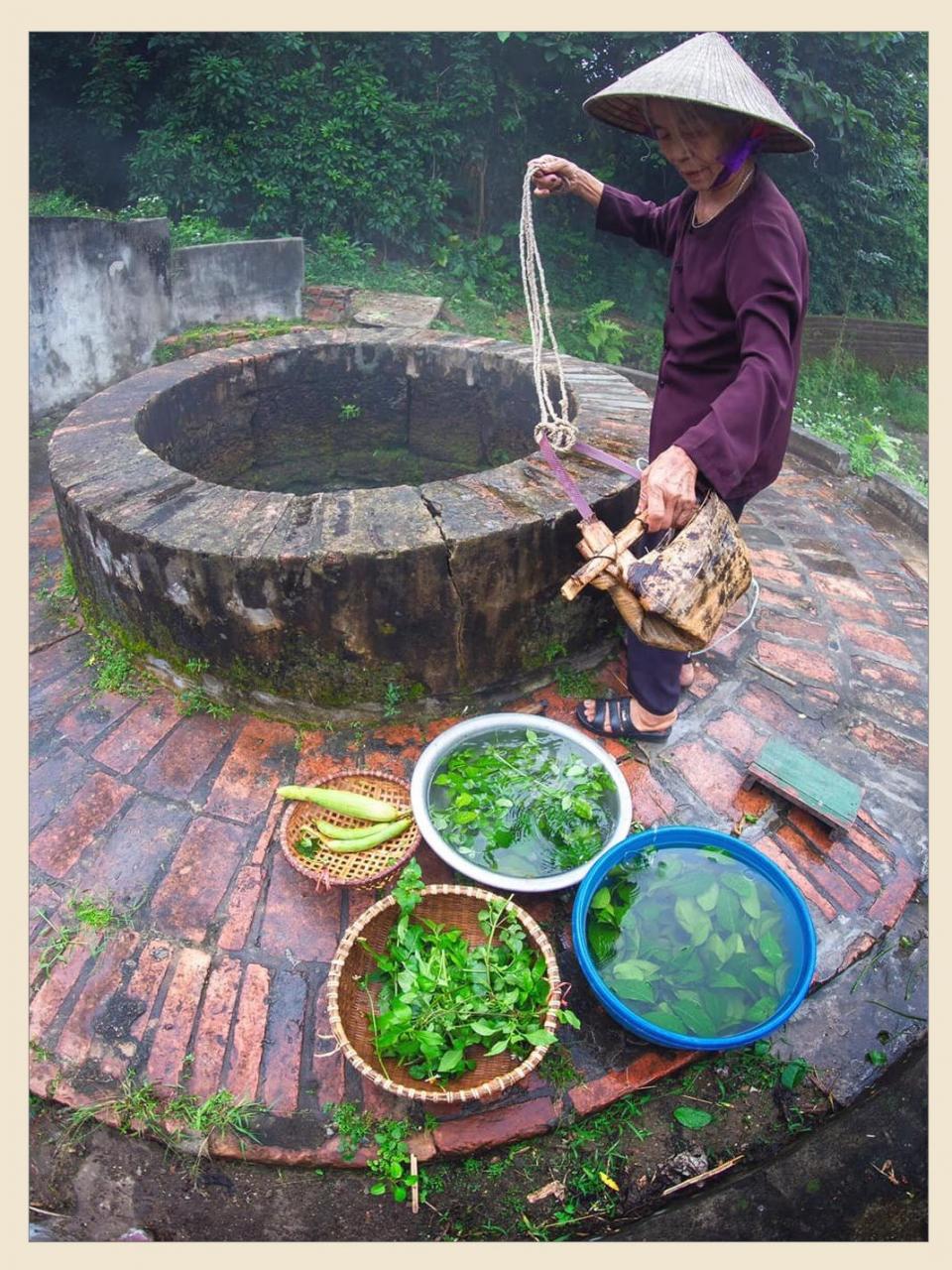



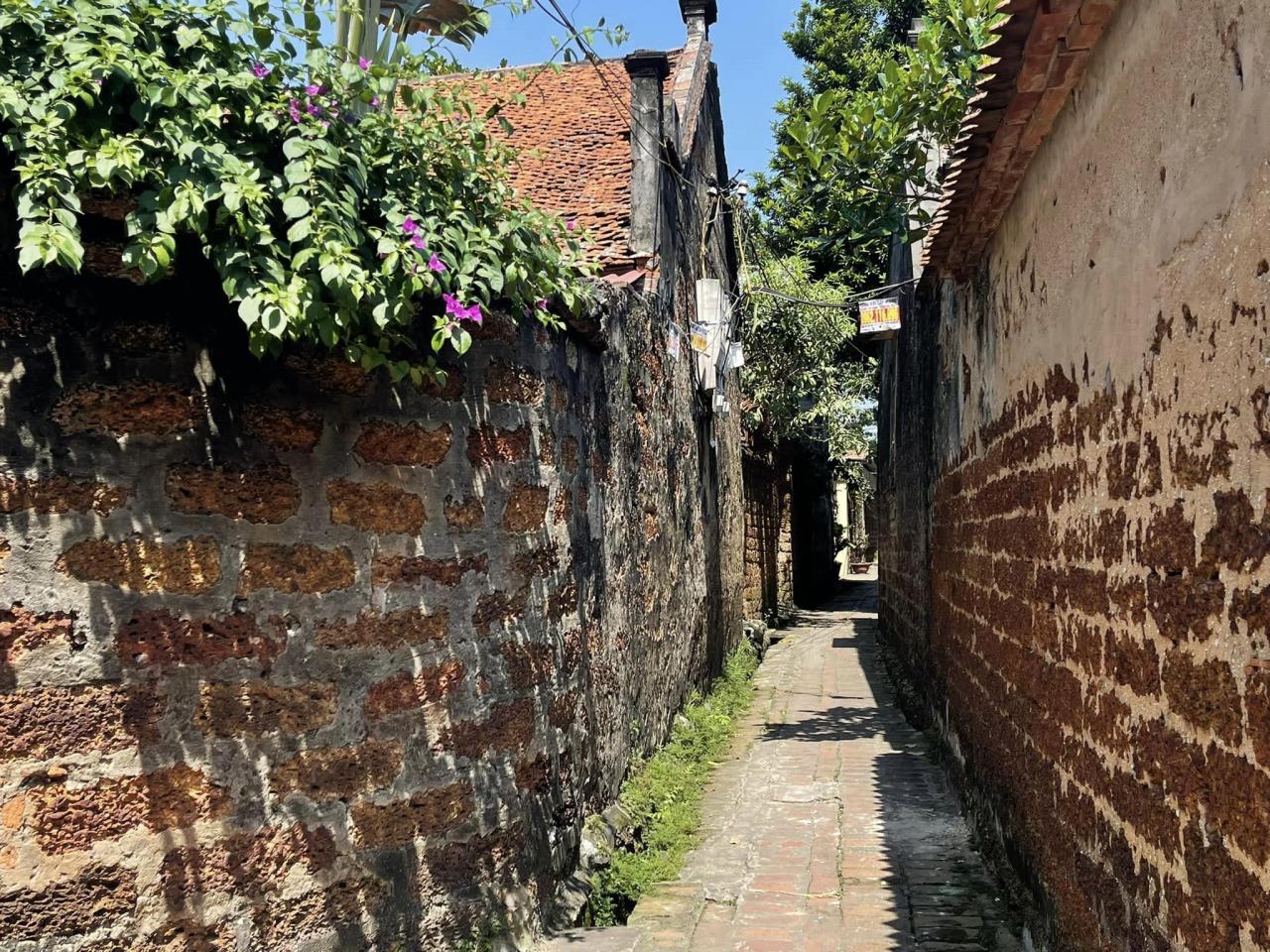

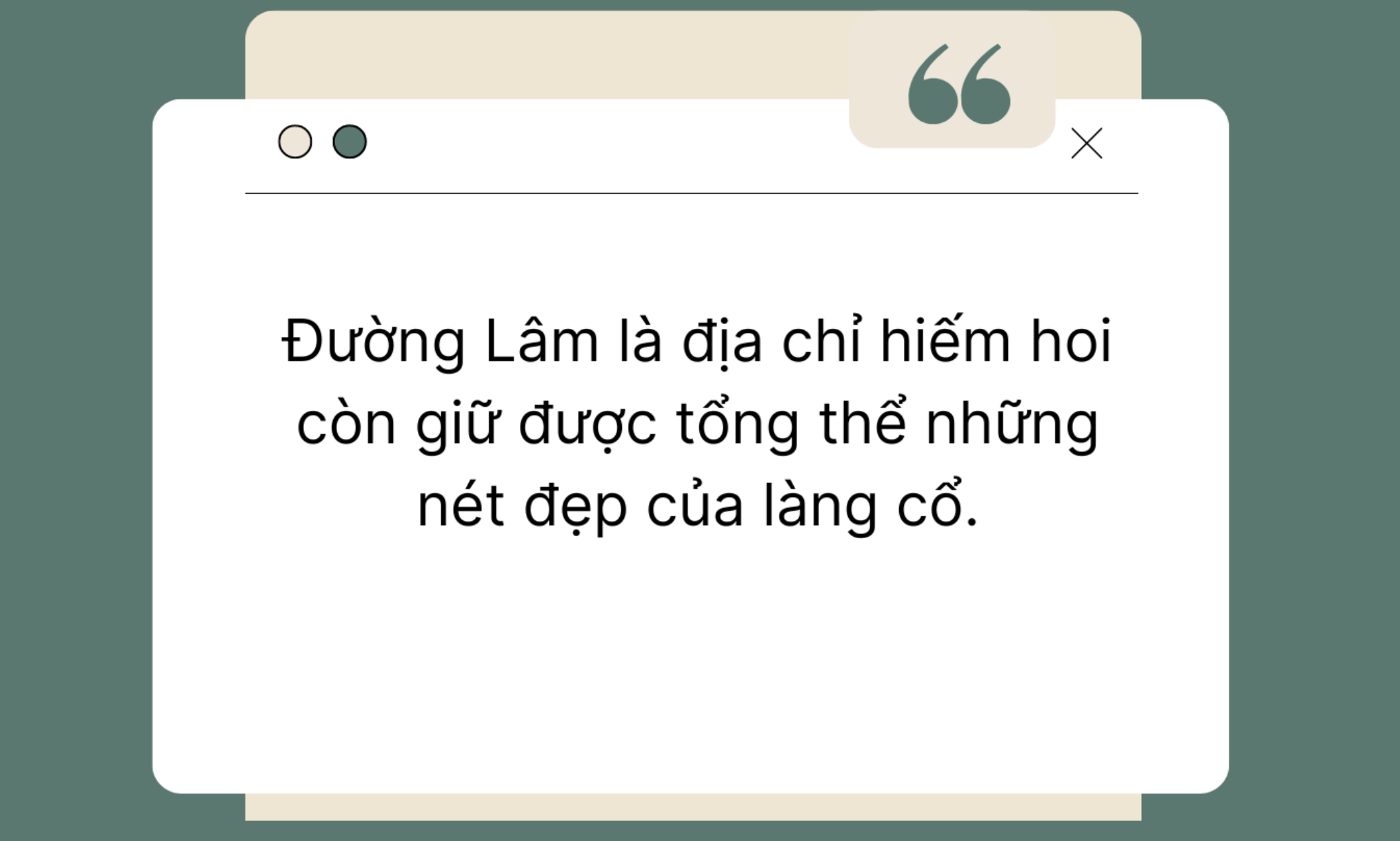
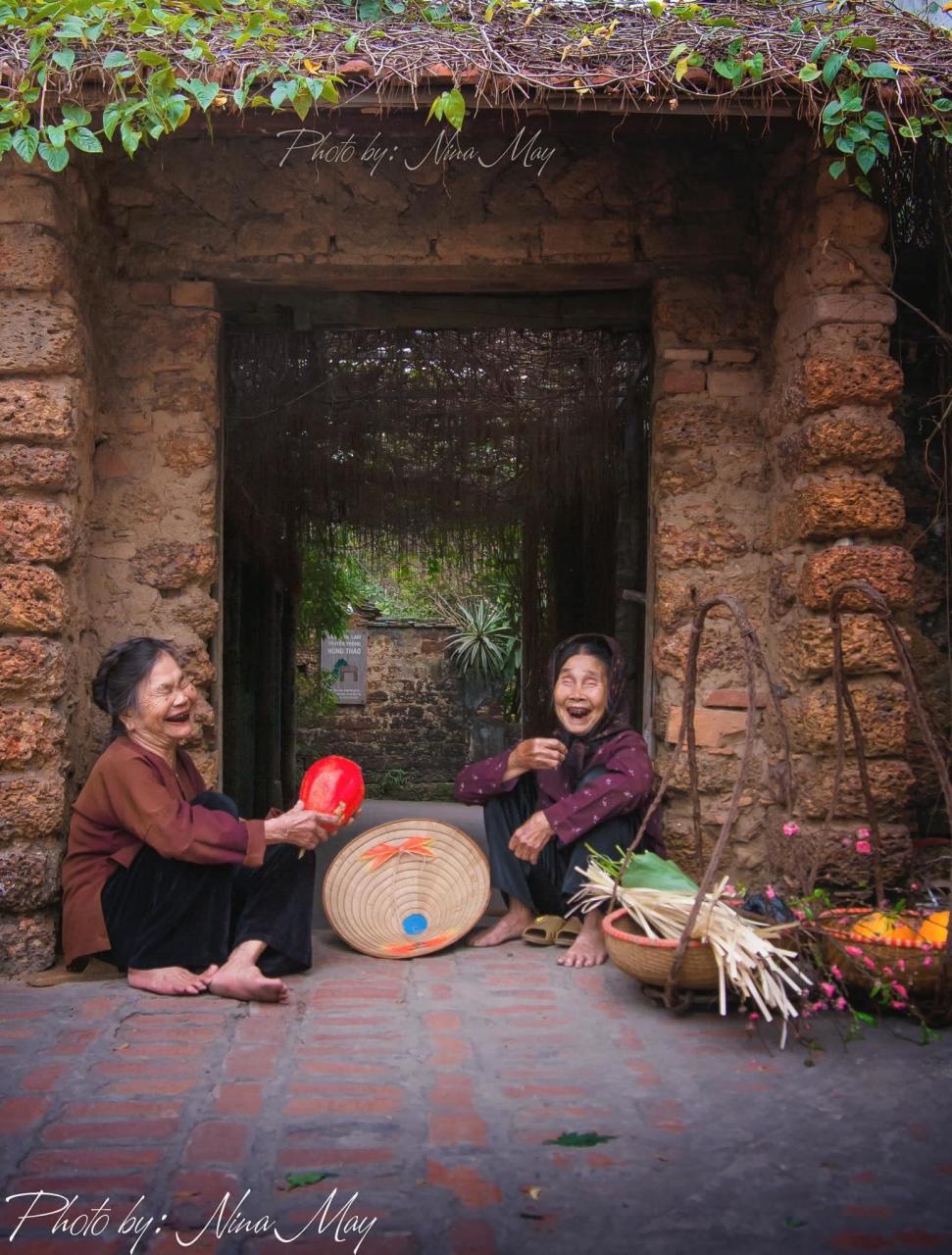
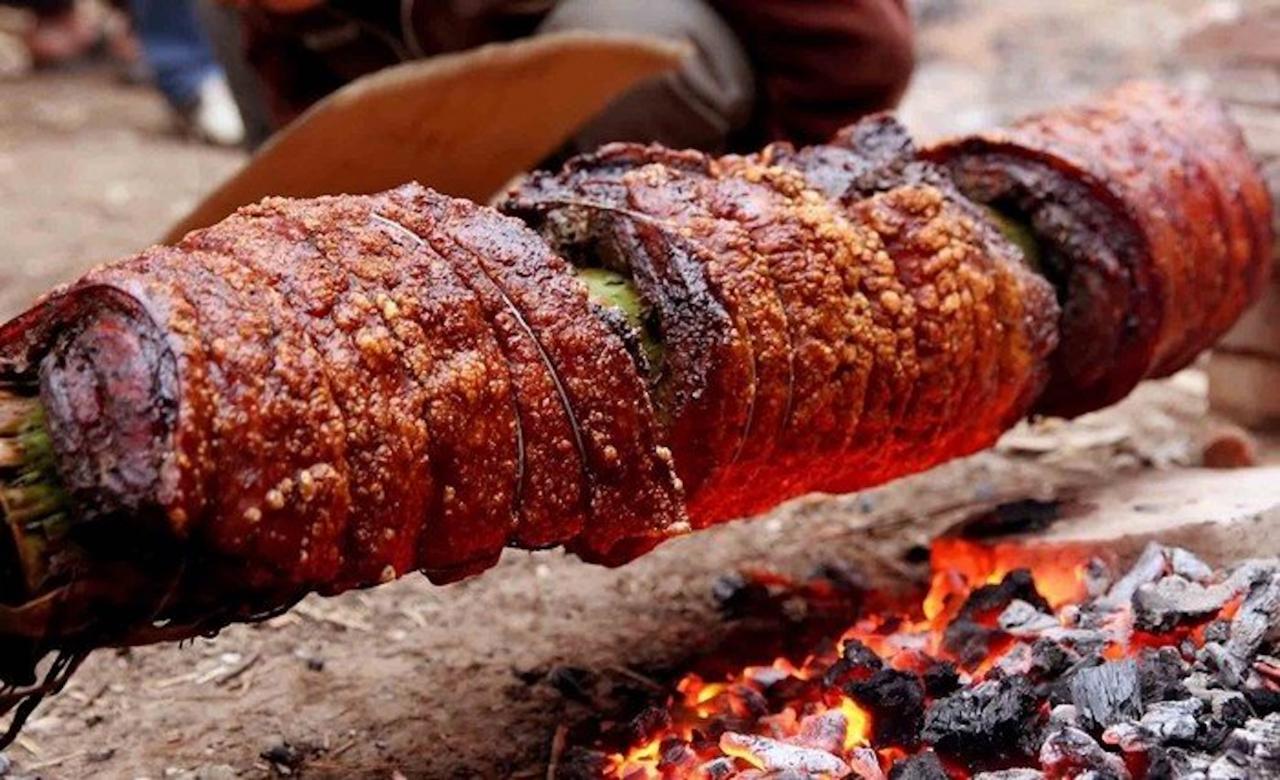
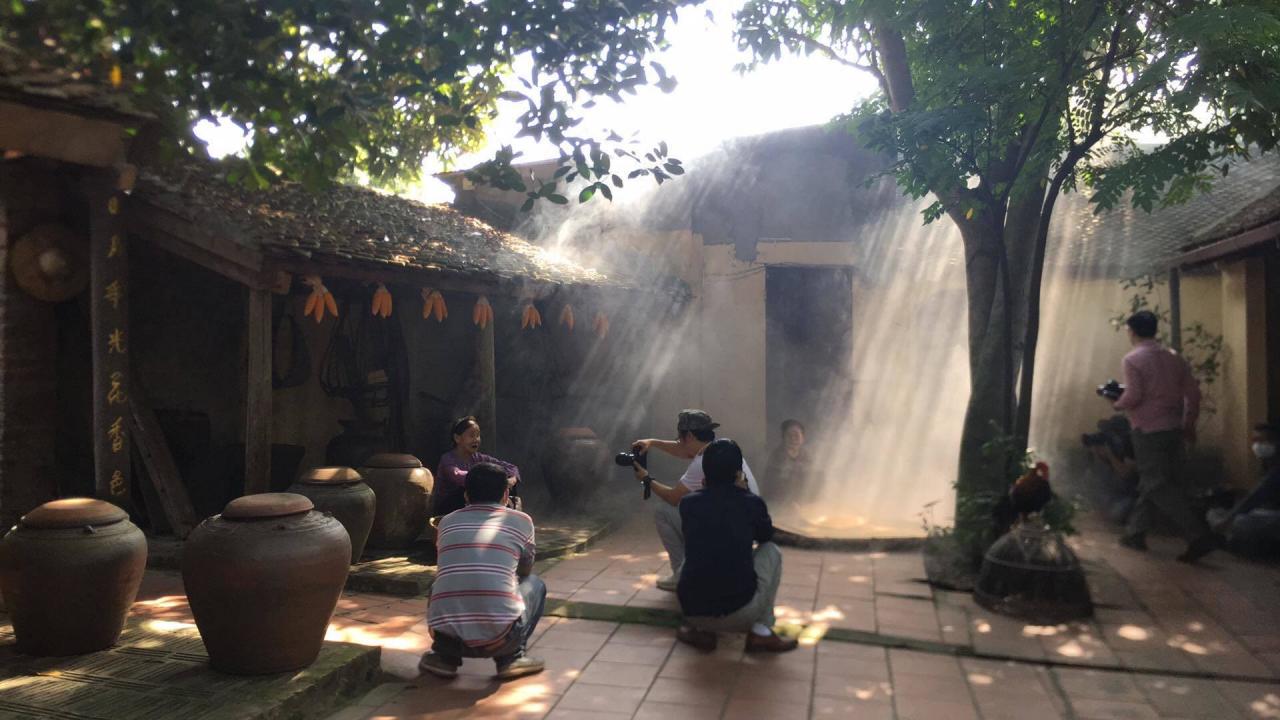
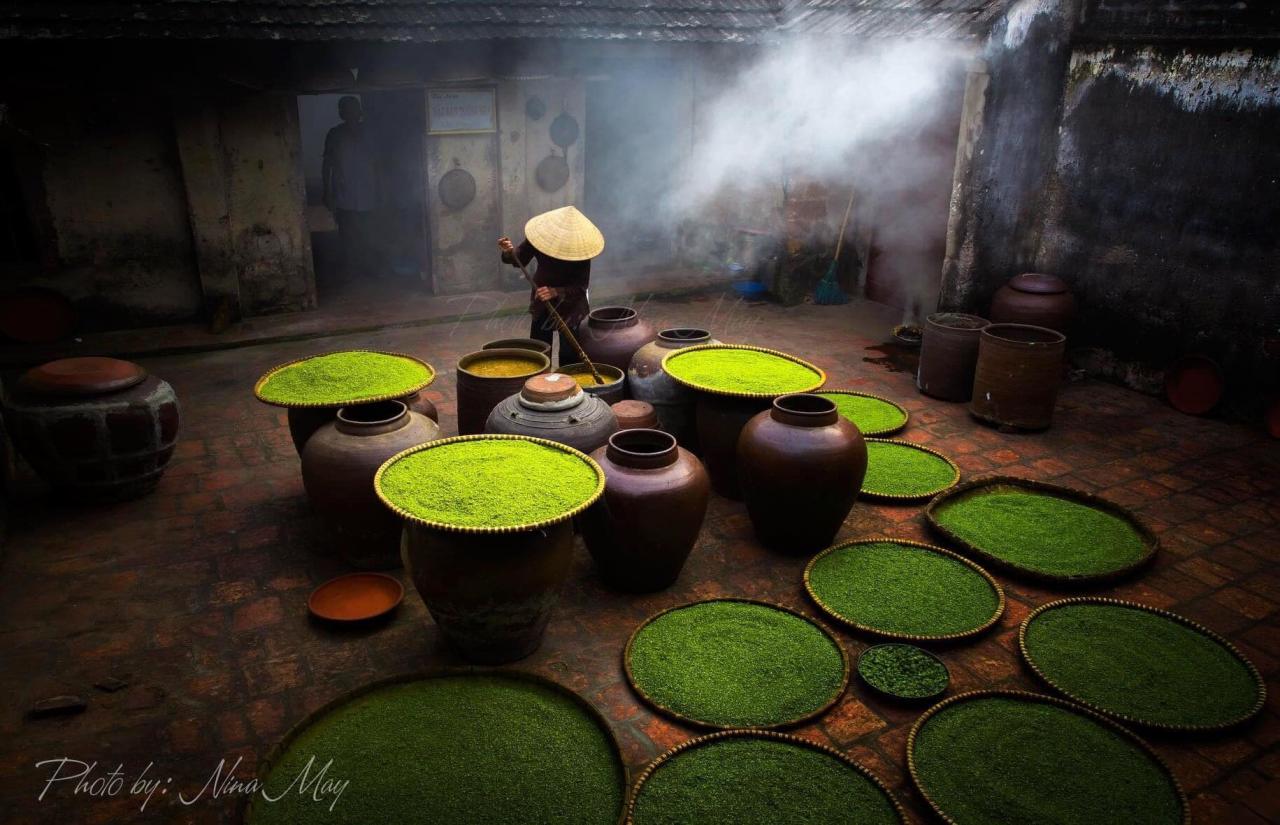
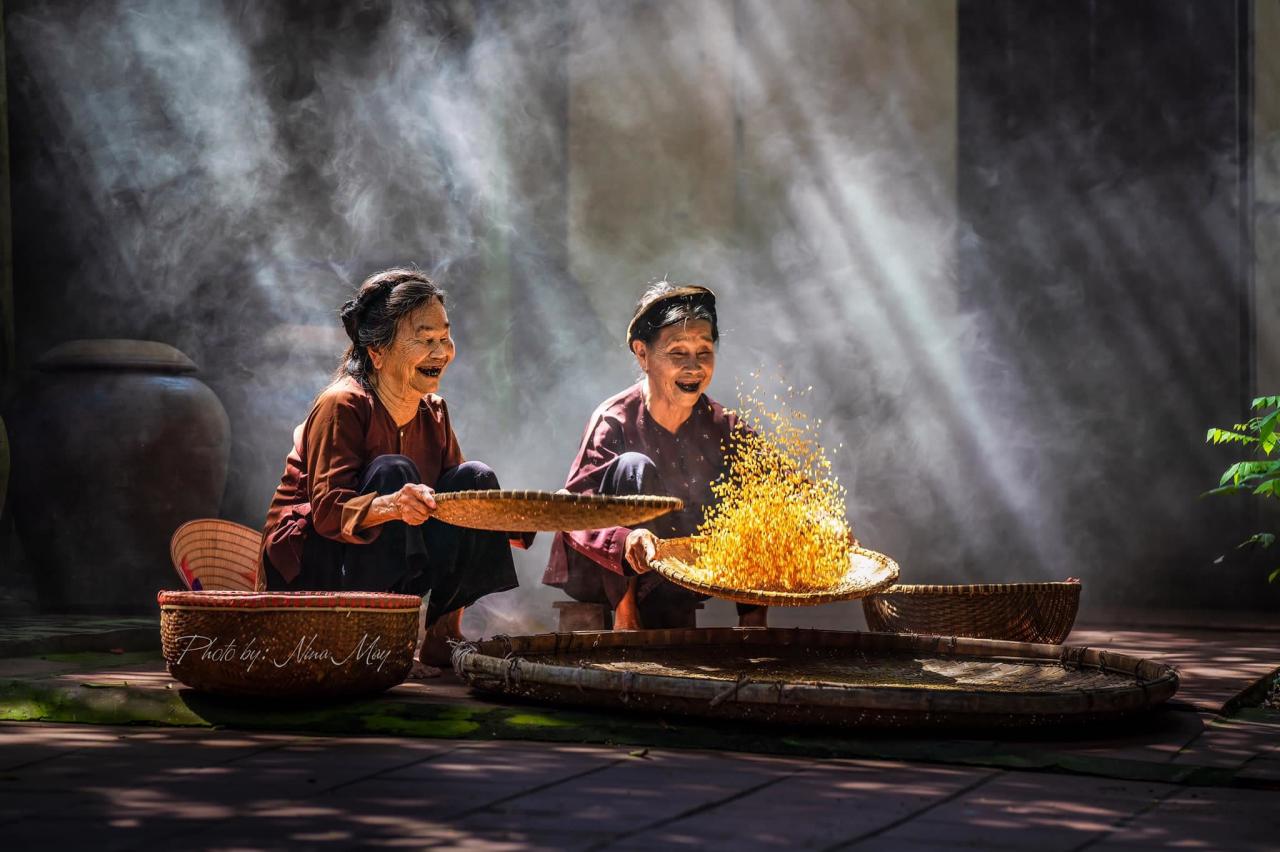
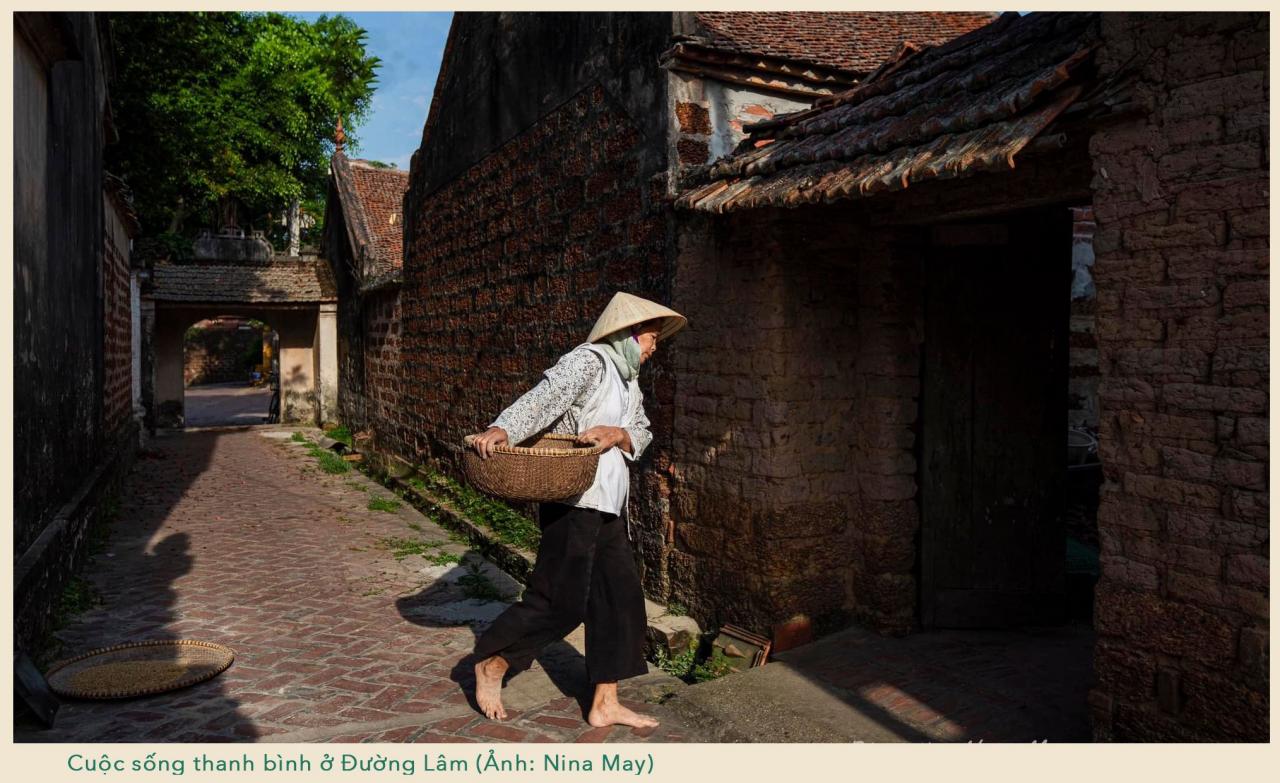
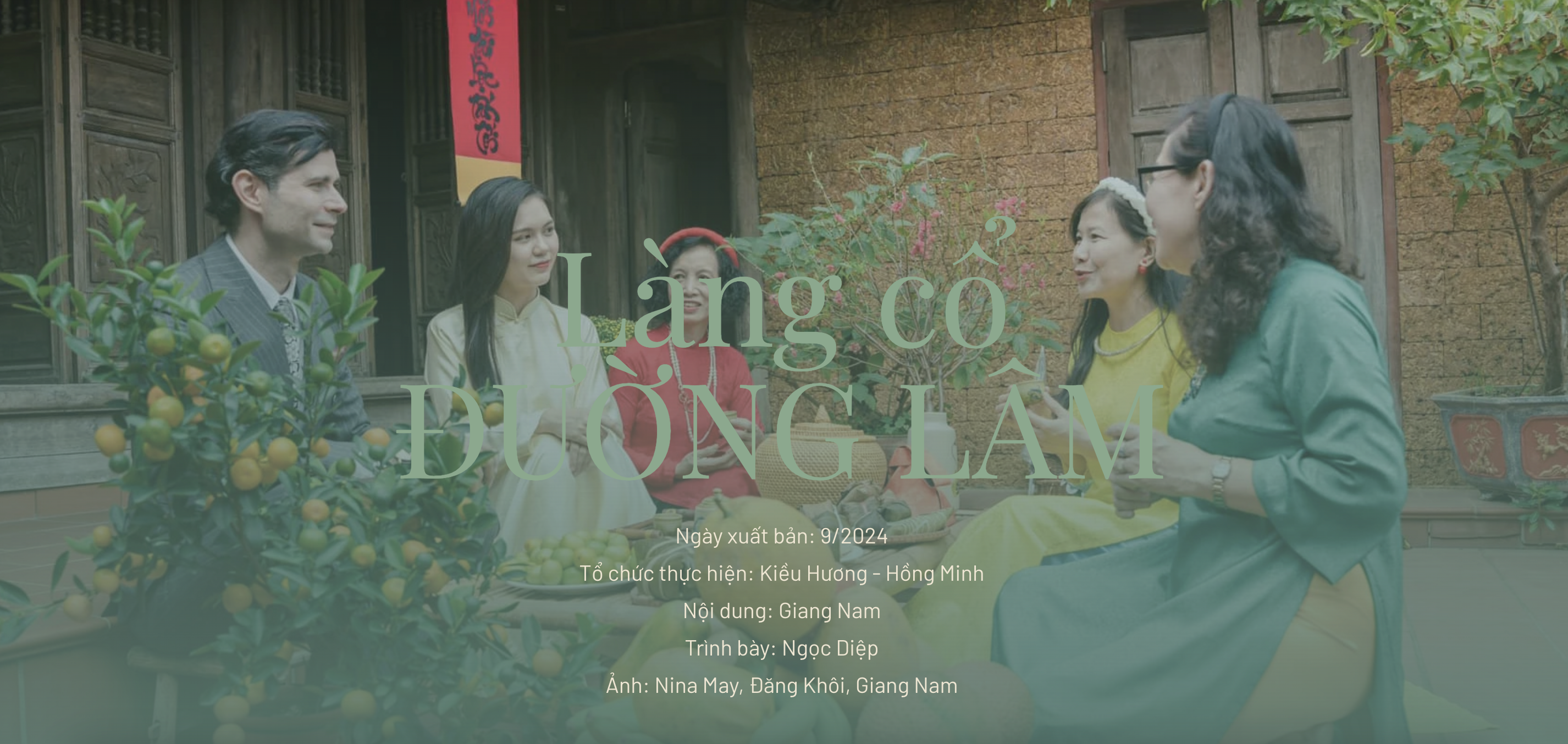

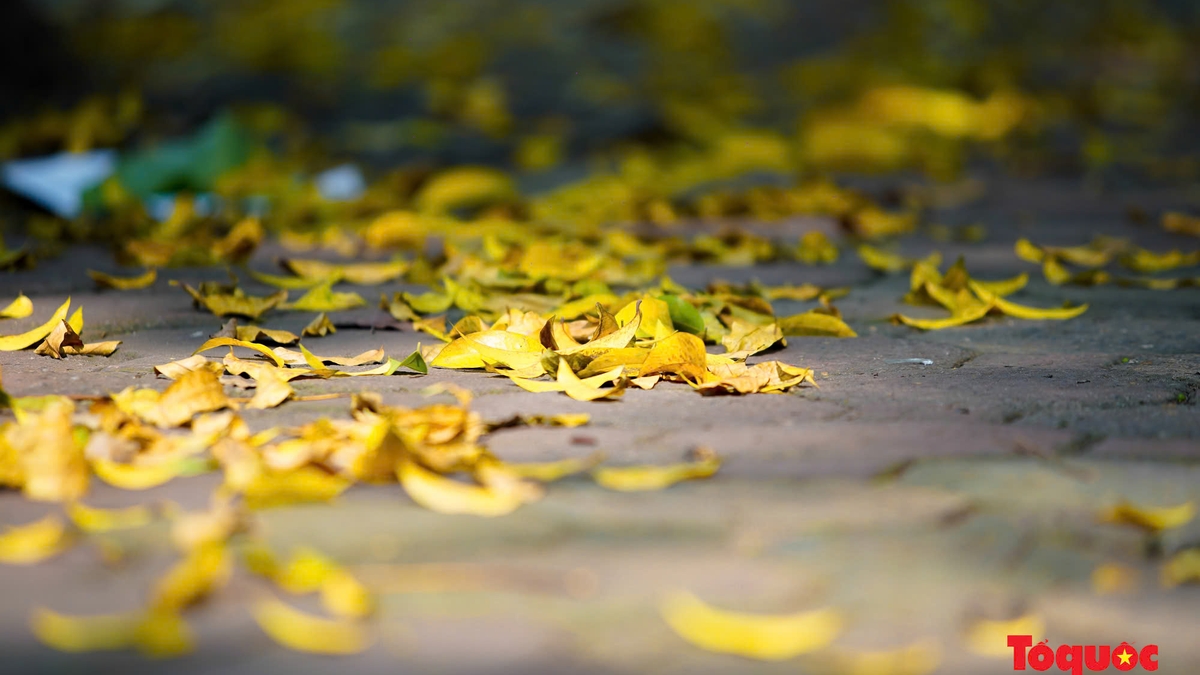
![[Photo] Prime Minister Pham Minh Chinh meets with representatives of outstanding teachers](https://vphoto.vietnam.vn/thumb/1200x675/vietnam/resource/IMAGE/2025/11/15/1763215934276_dsc-0578-jpg.webp)
![[Photo] General Secretary To Lam receives Vice President of Luxshare-ICT Group (China)](https://vphoto.vietnam.vn/thumb/1200x675/vietnam/resource/IMAGE/2025/11/15/1763211137119_a1-bnd-7809-8939-jpg.webp)
![[Photo] Panorama of the 2025 Community Action Awards Final Round](https://vphoto.vietnam.vn/thumb/1200x675/vietnam/resource/IMAGE/2025/11/15/1763206932975_chi-7868-jpg.webp)

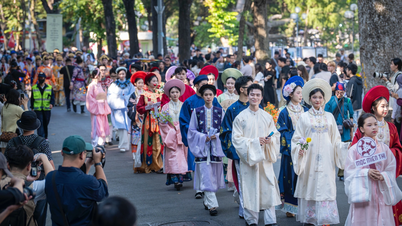

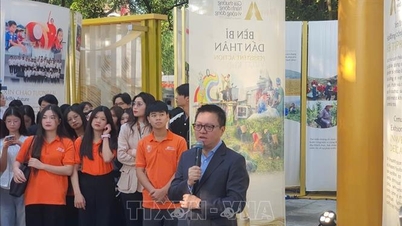

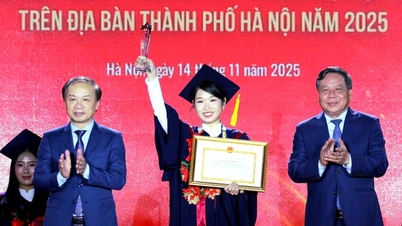




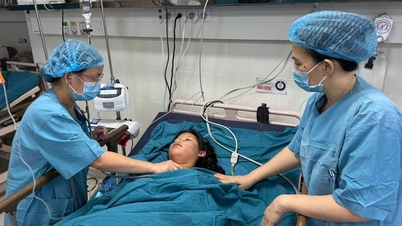




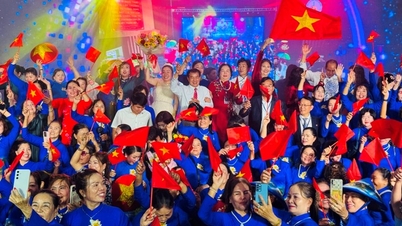

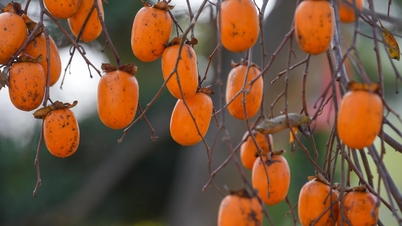








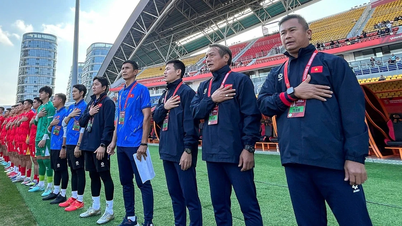
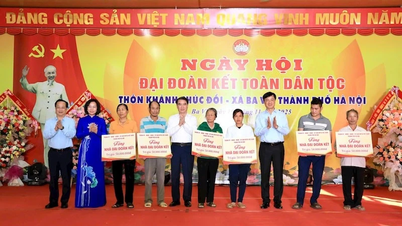
![[Photo] Prime Minister Pham Minh Chinh meets with representatives of outstanding teachers](https://vphoto.vietnam.vn/thumb/402x226/vietnam/resource/IMAGE/2025/11/15/1763215934276_dsc-0578-jpg.webp)

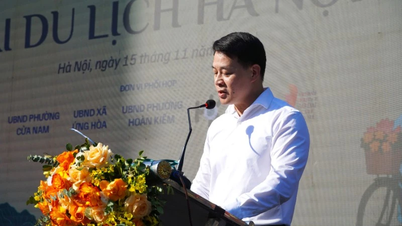
![[Photo] General Secretary To Lam receives Vice President of Luxshare-ICT Group (China)](https://vphoto.vietnam.vn/thumb/402x226/vietnam/resource/IMAGE/2025/11/15/1763211137119_a1-bnd-7809-8939-jpg.webp)
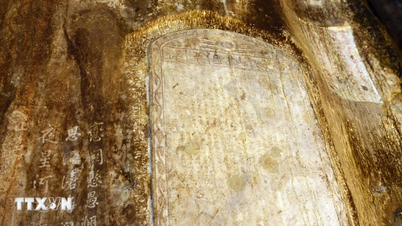

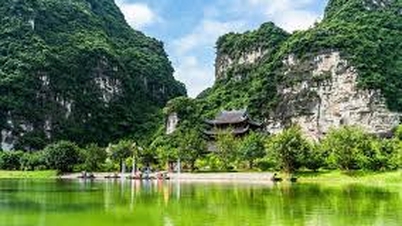

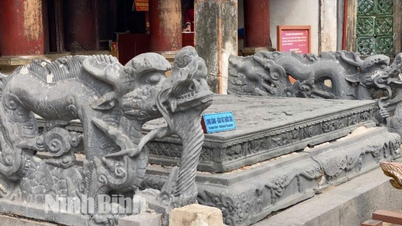
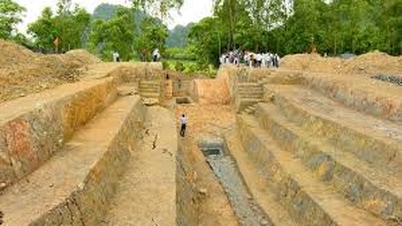

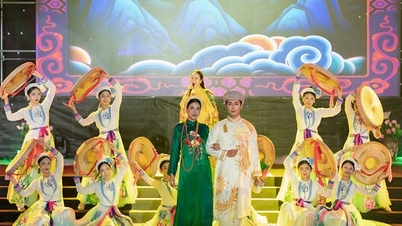






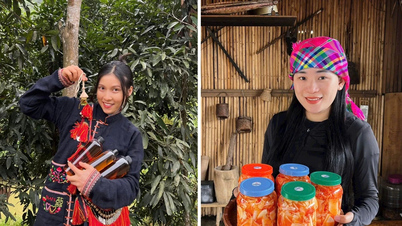










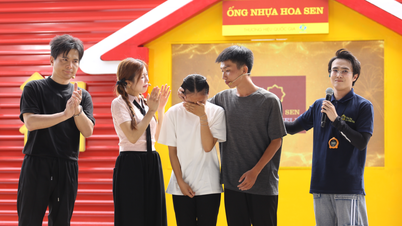


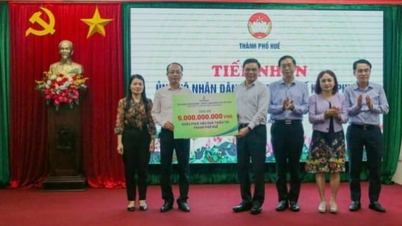

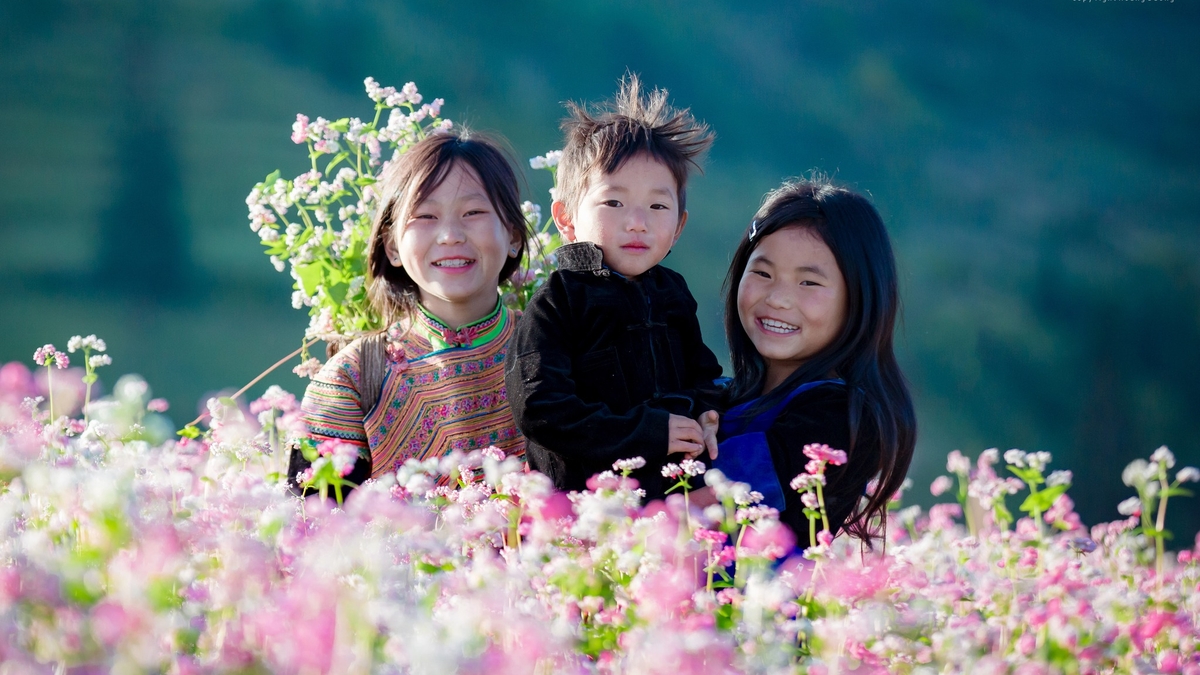


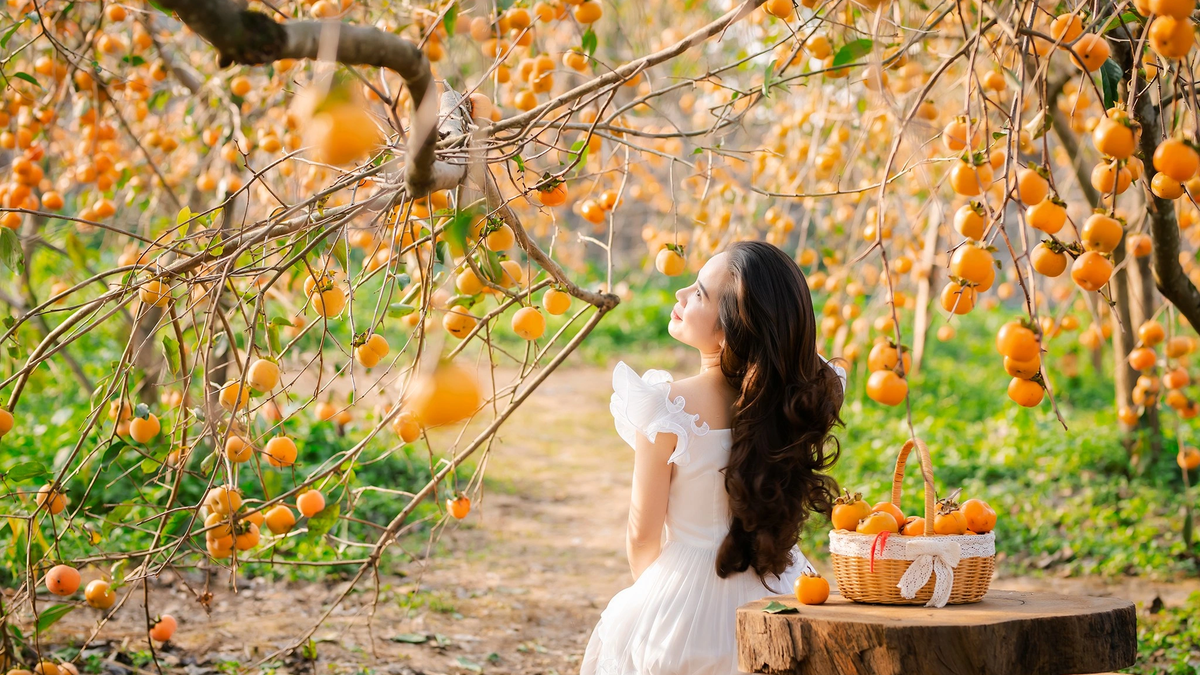
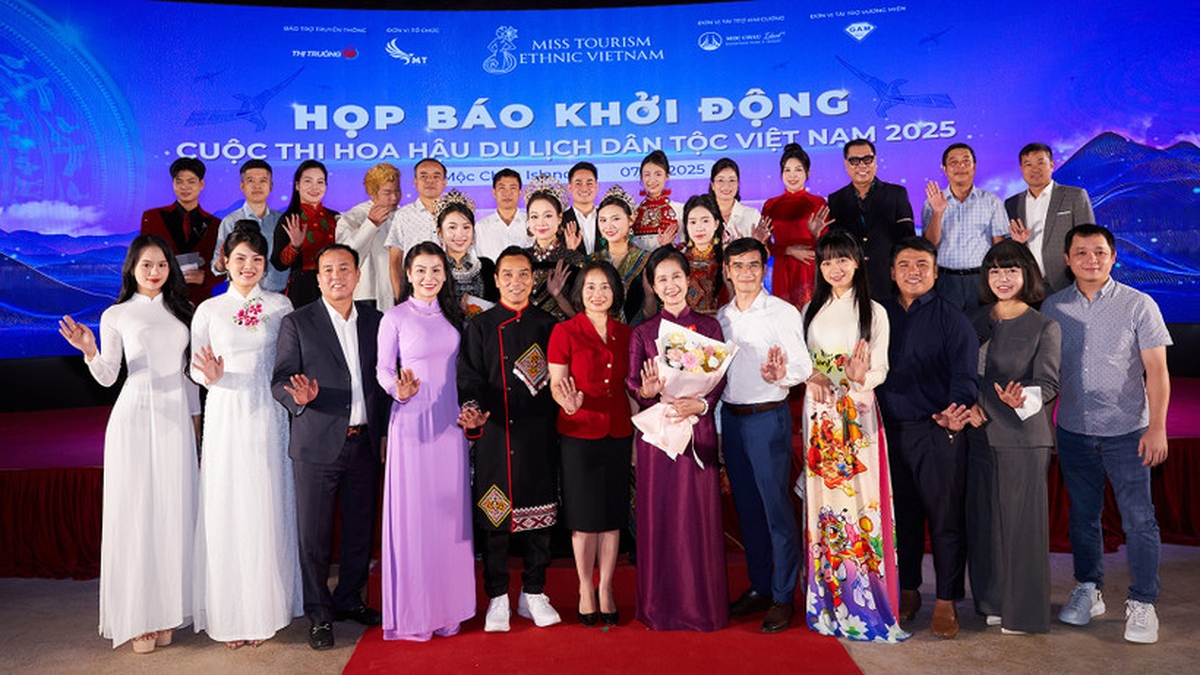
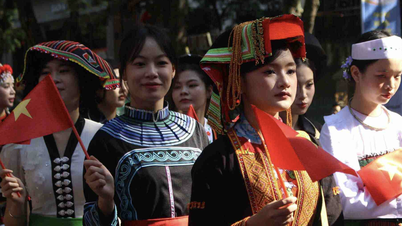

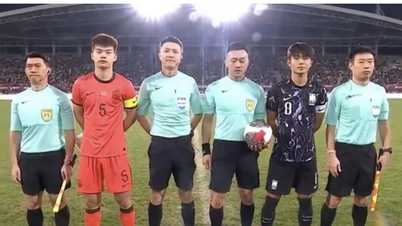

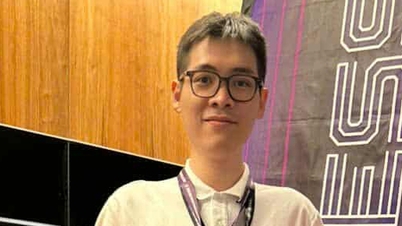
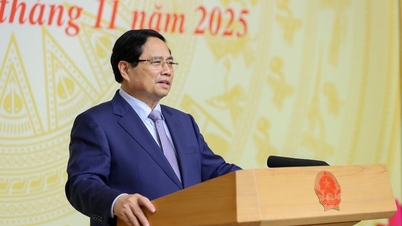



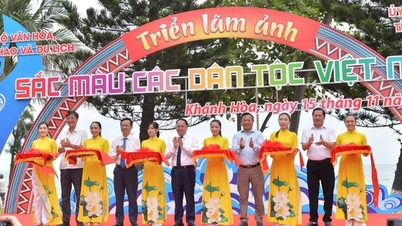

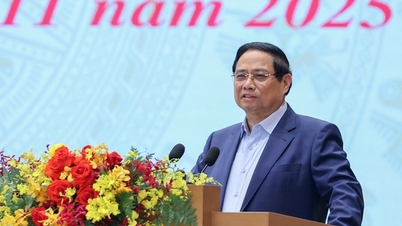
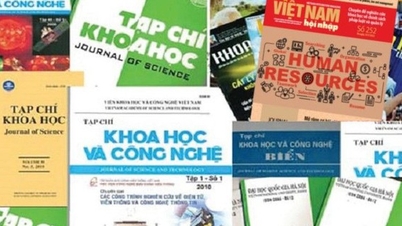
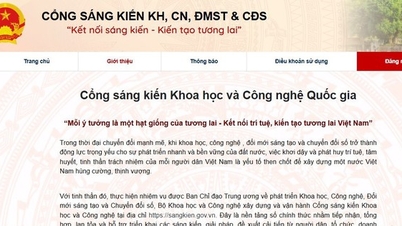
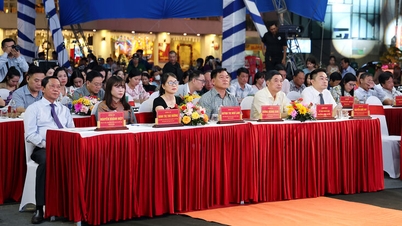



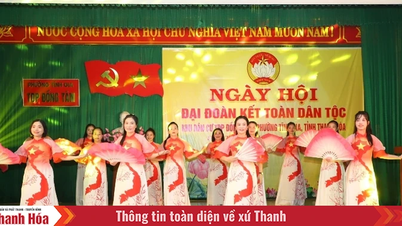



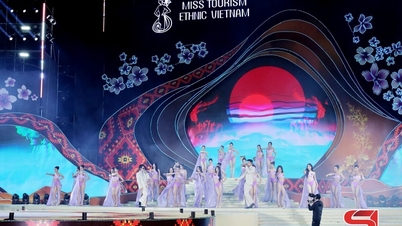



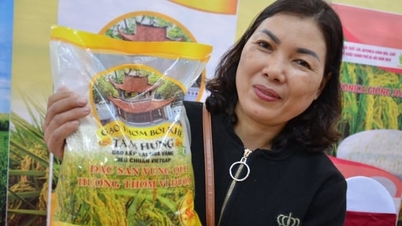






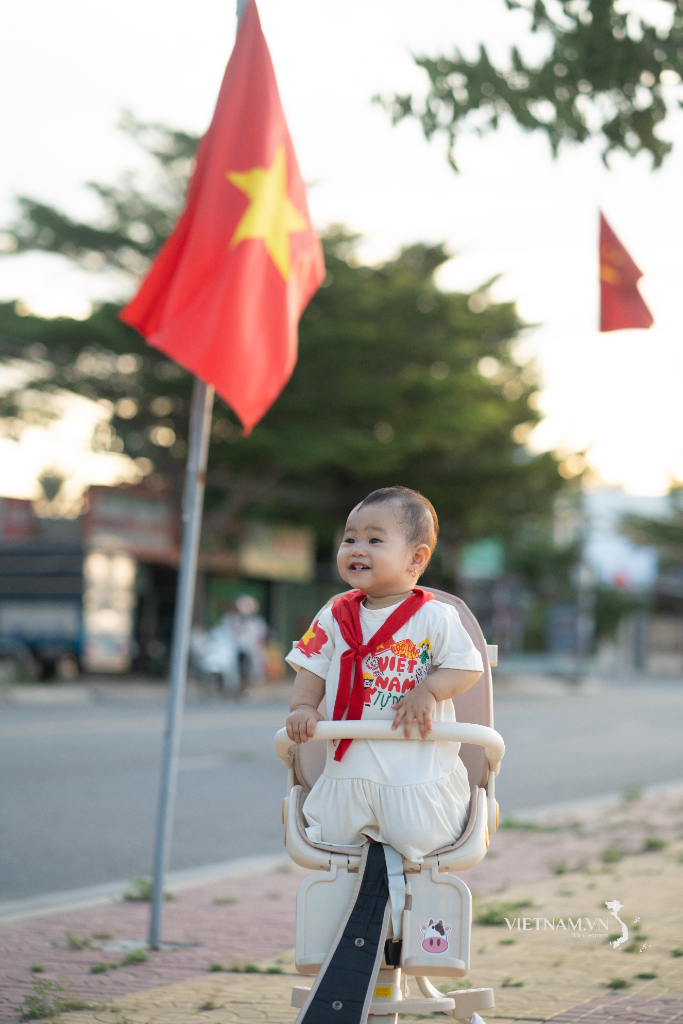

Comment (0)